RESULTS RESULTS

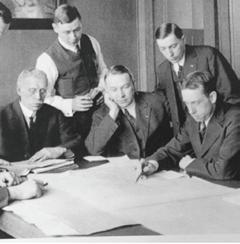


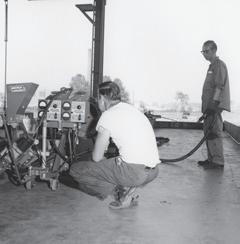









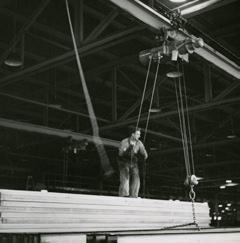


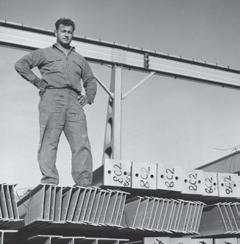
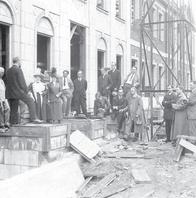

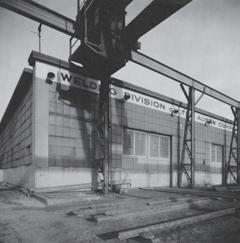
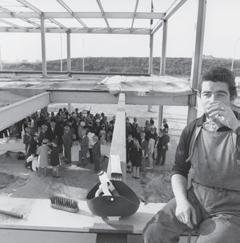

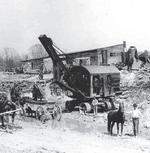



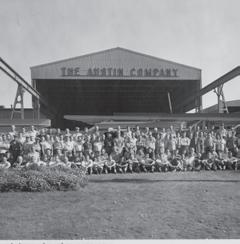


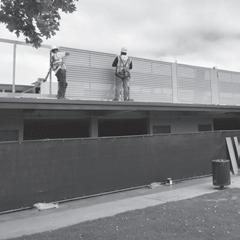

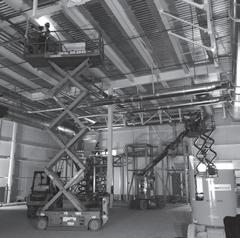






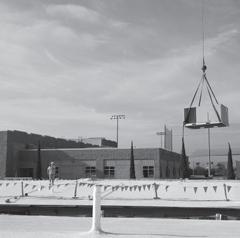



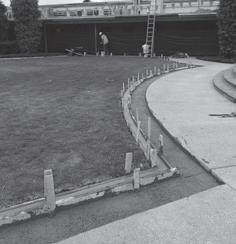
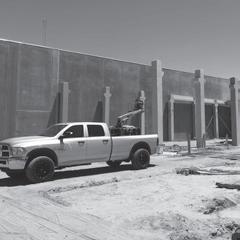
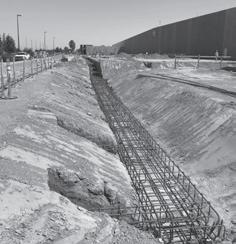
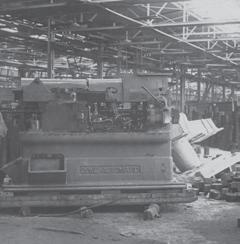


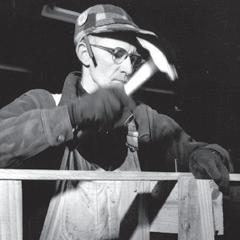


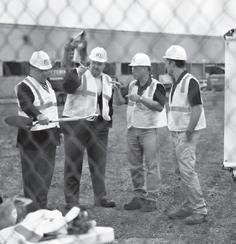

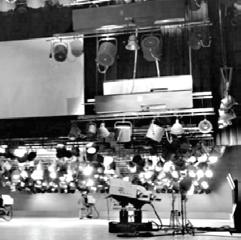
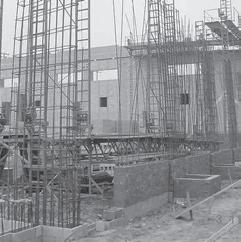

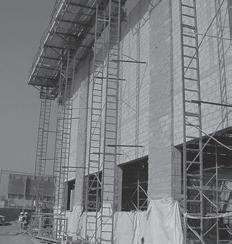



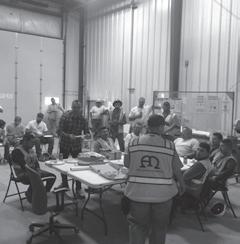

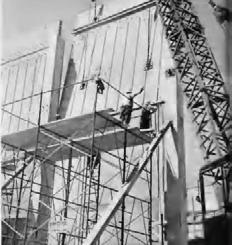



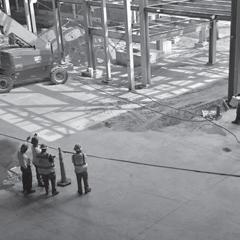
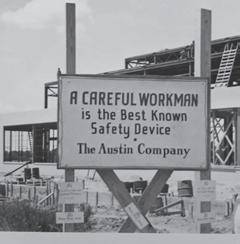


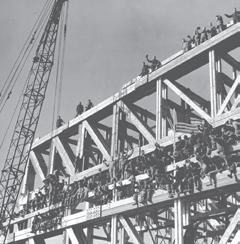
PUBLICATION
special edition
A
BY THE AUSTIN COMPANY






















































































































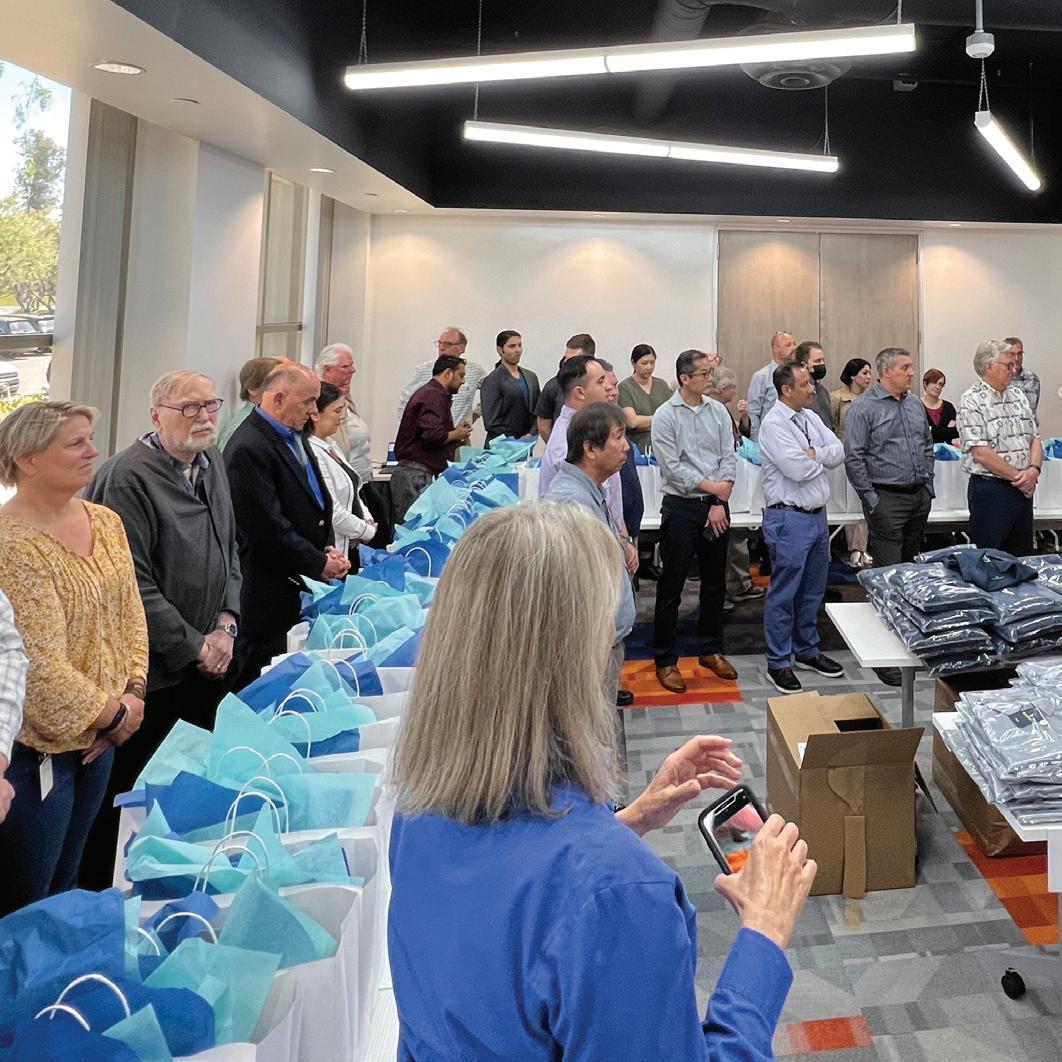
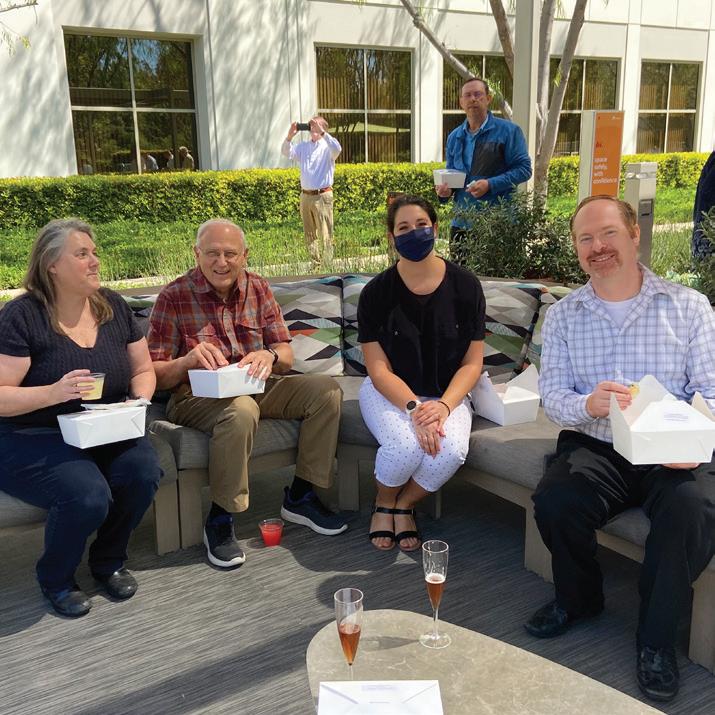
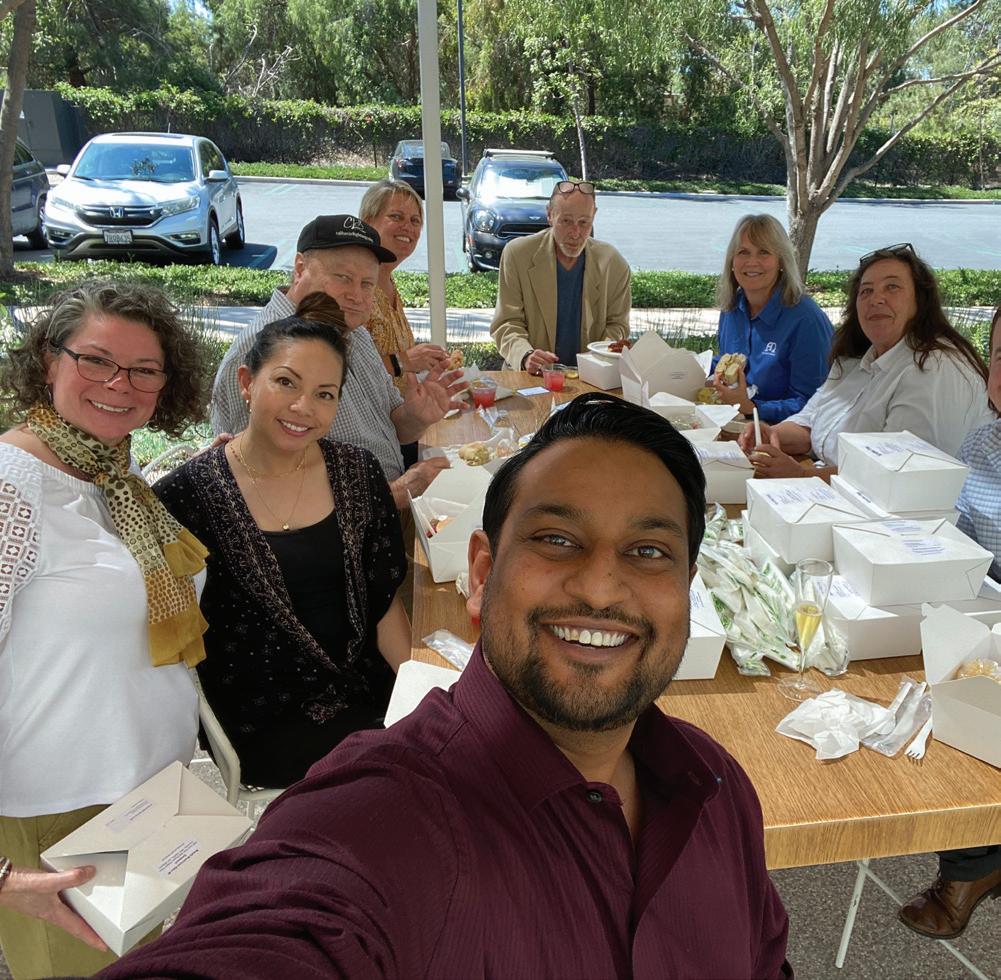
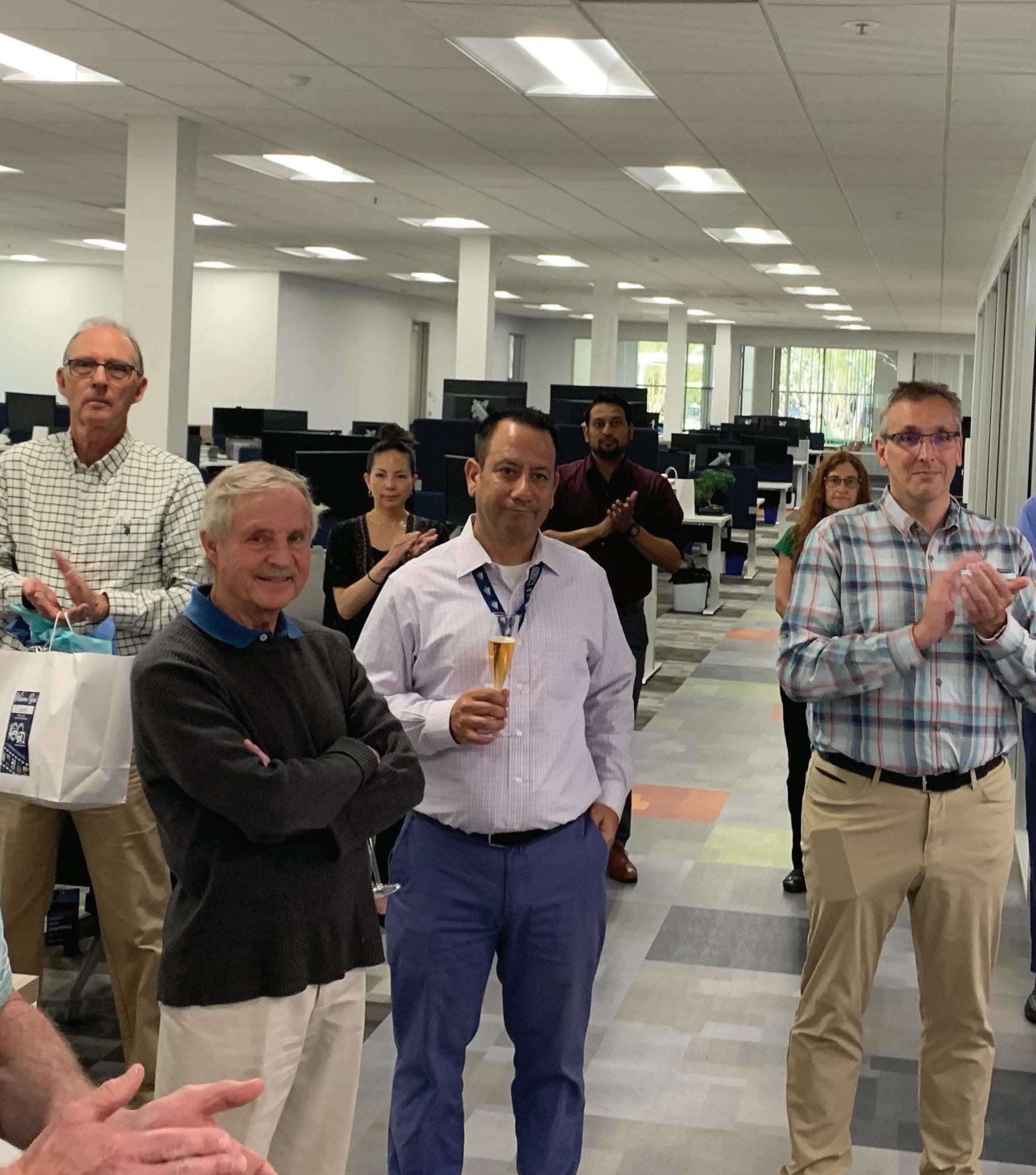
RESULTS MAGAZINE VOLUME 7 IS PUBLISHED BY THE AUSTIN COMPANY 6095 PARKLAND BOULEVARD, CLEVELAND, OH 44124 THEAUSTIN.COM














































































































































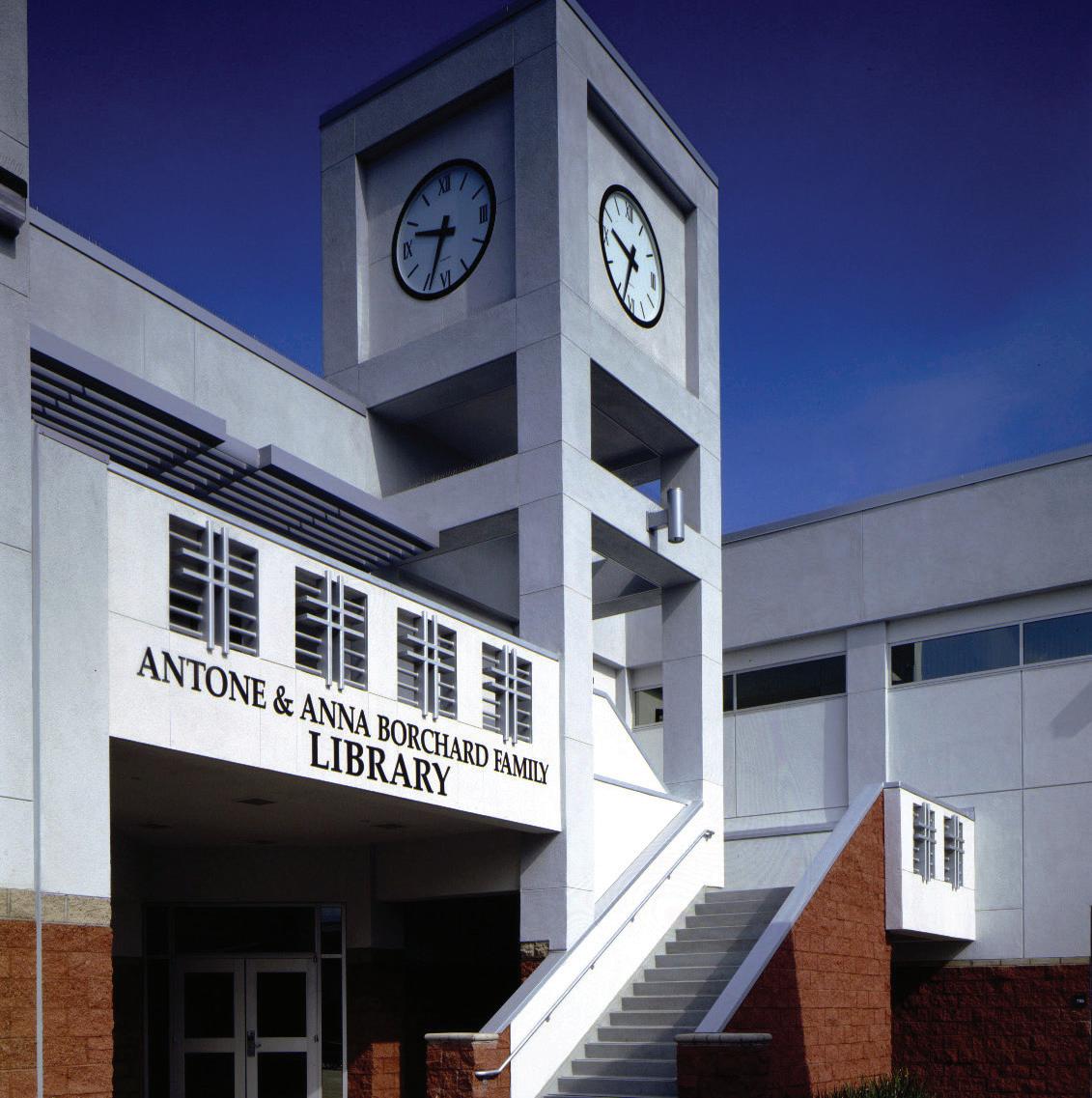
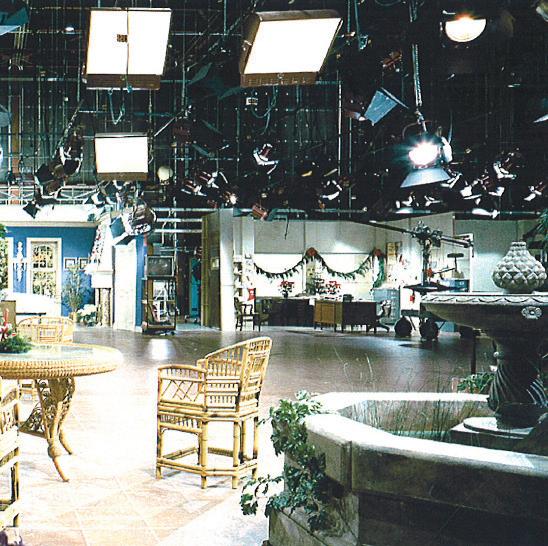

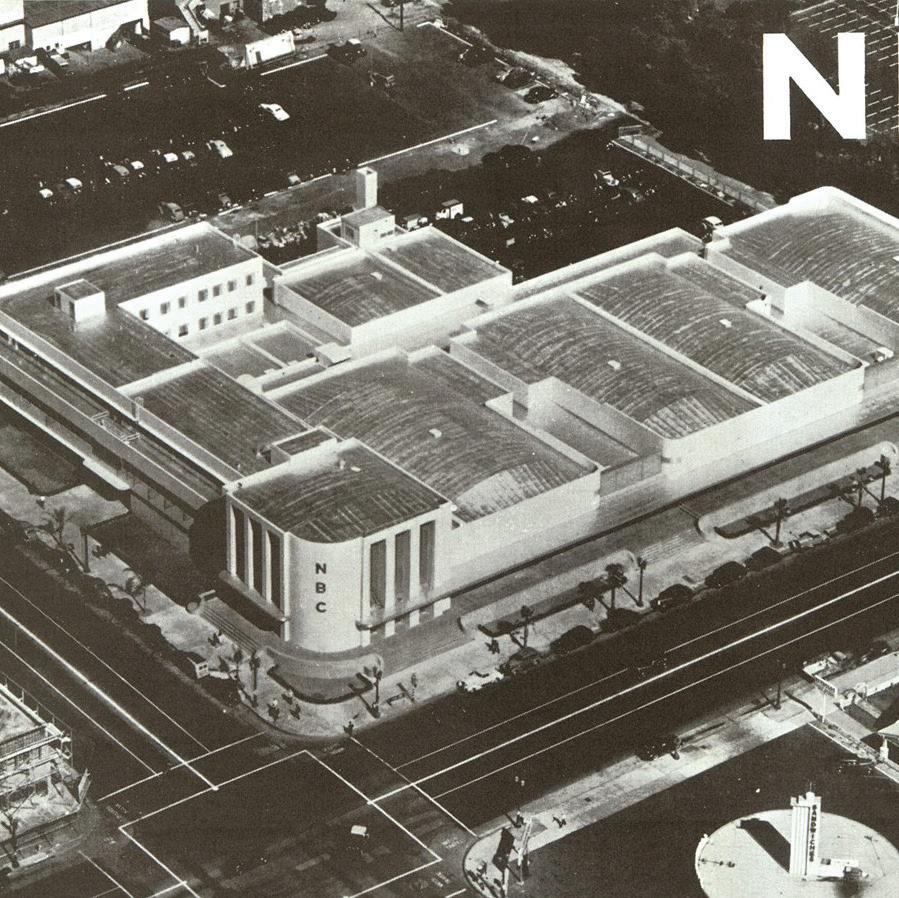
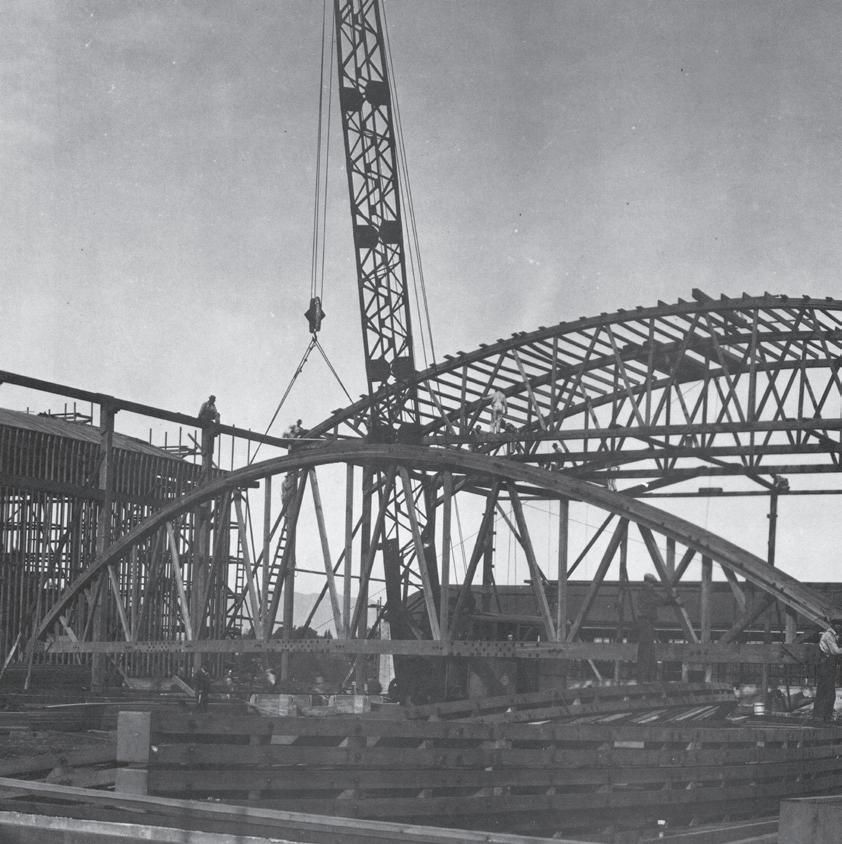
PRESIDENT’S PEN 2 Our Place In History, Or Is It The Future? 100 YEARS IN CALIFORNIA 4 1920s 6 1930s 10 1940s 12 1950s 16 1960s 18 1970s 22 1980s 26 1990s 32 2000s 38 2010s 44 2020s and Beyond SPOTLIGHTS 30 Delta IV 36 Mater Dei 42 Blue Diamond 46 100 Years of Safety 48 About the Author
Welcome a special edition of Results. This issue celebrates a milestone in Austin’s history—100 years of business in California.
Ken Stone, who has given 43 years of service to Austin and our clients, has authored a series of blogs covering our company’s 100 years of working in the state of California. After reading through these blogs, I found myself reflecting on Austin and its impact on the history of our nation.

History can be defined as a collection of stories about real people and events. Each story has a subplot that makes the story possible. Austin is a character actor that appears in many of these historical stories but remains nameless except to the people directly involved in the events the story depicts.
The Transcontinental Railway was completed two years before Samuel Austin, a hired carpenter, started his own company. A trip from New York to San Francisco that had taken six months now took less than four days. The country was becoming smaller and more accessible. Did Samuel envision that? Did he dream of building in California? Austin’s history shows that Samuel’s son, Wilbert, certainly did.
Austin’s expansion out of Cleveland, both east and west, was a by-product of the uniqueness of their vertically integrated, design-build vision and of the entrepreneurship, hard work, morals, and wisdom of this father-son duo.
Austin has significantly grown over the past few years—a blessing in a time when many businesses have struggled. Yet growth has both challenges and opportunities. I have difficulty comprehending how Sam Austin and his team managed to execute the rapid growth that led to establishing the first west coast office on Wilshire Boulevard in Los Angeles. If 1904 was the date when The Austin Method® was first introduced, then what the company became in that first 18 years is beyond comprehension. Austin expanded across the USA, advertised
in national publications like Forbes Magazine, and had offices in principal cities, all without the benefit of commercial air travel, computers, email, or even the telephone.


The infrastructure required for controls, accounting, trained executives, sales, and marketing demanded clear processes and procedures, as well as a passion for the mission. What Austin offered made us a preferred company to design and build these projects. Many were one-of-a-kind or first-of-a-kind, as Ken Stone has documented in his blogs. The role we played in the history of California’s economy is impressive: motion picture soundstages, radio and television broadcasting centers, aviation, and aerospace manufacturing and assembly facilities, etc. These industries and the legendary companies that led them relied on Austin time and again to deliver their facilities.
To do this, the leaders and managers who carried The Austin Method to the outskirts of a growing nation had to exhibit passion and innovation. And clearly, they took ownership of the task at hand to get it done. When a new office was opened with new people who had never practiced design-build before, these leaders and managers had to assemble, teach, and mold these teams of people to serve each other to accomplish the projects they were awarded.
There is an old parable about two masons working on a large project. One sees his job as building a wall. The other sees his job as building a cathedral and is much more passionate about his work. With Austin in its 145th year in business, and 102nd year in California, let us each take a moment to reflect on our role in creating the industry, prosperity, and wealth of this nation. For
me, the Pfizer vaccine plant comes to mind and will undoubtedly be a reference point in our history even into the next century. Our projects are important subplots in the stories of our clients and the communities in which they invest. Our projects will change lives by providing employment opportunities, benefits, and an income from work performed in a building that didn’t exist until Austin entered the scene.
I like to imagine that at some point Samuel and Wilbert were talking at the dinner table one night about expanding the company and Wilbert’s role. I can see Samuel saying to his son, “Let’s build the future together.” As you read this issue of Results and look back at the history that was created, I want you to know that every day, Austin’s work is making a difference in the future. I think that is pretty cool.
I hope you enjoy this issue. My thanks to Tamara Zupancic, Leslie Panfil, Brittany Scheckelhoff, Sara Strish, Ken Stone, and all who had a hand in this issue. Nice work!
RESULTS MAGAZINE 3 PRESIDENT’S PEN OUR PLACE IN HISTORY
100 YEARS IN CALIFONIA 1920 s
Premier California Project National Electric Lamp Association (General Electric) Oakland, California

In 1908, Austin took on the design and construction of a series of electric lamp factories for the National Electric Lamp Association across the country, including a factory in Oakland (1910). This is the earliest known project completed by Austin in California. National Electric Lamp Association soon after became a part of General Electric Company.
The Roaring Twenties was a period of dramatic social and political change. For the first time, more Americans lived in cities than on farms. The nation’s total wealth more than doubled between 1920 and 1929. This economic growth swept many Americans into an affluent but unfamiliar consumer society. Unlike decades past, millions of women joined the workforce and could afford to participate in this burgeoning consumer economy. With extra money to spend, Americans indulged in consumer goods such as ready-to-wear clothes, home appliances, and radios. It was in this era of abundance that Austin’s California office found its roots.

Records indicate that the first work order number issued for Austin’s new California office was December 7, 1921, for a $20,500 project in Los Angeles. This equates to $320,000 (2022).
Four work order numbers were recorded in December. Twenty-two projects were recorded just a year later (1922) for a variety of companies, including several projects for the Port of Los Angeles.
4 RESULTS MAGAZINE
More than doubling the number of projects, 50 were recorded in 1923. Projects included multiple ice cream manufacturers and the emerging industry of the times: petroleum. Companies such as Standard Oil Production Company of California— or Chevron as it is known today—would ultimately appear in Austin’s active client list many times in the decades ahead. Also notable were multiple projects for the General Electric Company. 1924 and 1925 records reflect a growing list of projects, including a project for Stauffer Chemical Company, work for General Electric in Oakland, and Austin's new office building in Los Angeles.
The years 1926 through 1929 included a long list of projects for a wide variety of companies. Although many have faded, there are others that, like Austin, continue on in business and are well recognized today: H. J. Heinz, Ingersoll Rand, Universal Pictures, and Metro-Goldwyn-Mayer (MGM).
DEMILLE STUDIOS
1926 brought Austin’s first recorded work in the budding motion picture industry for Cecile B. DeMille in Culver City, California.
Thomas H. Ince Studio, as DeMille Studios was originally known, was founded in 1918 by Ince, a silent movie actor, director, and producer, on land acquired by real estate developer Harry Culver. Ince had grand ambitions to create his own studio unique from all the others. Following Ince’s early death in 1924, his widow sold the property to Cecil B. DeMille, who renamed the studio DeMille Studios.
DeMille undertook several large expansions, hiring Austin in 1926 to design, engineer, and construct Stages 2, 3, and 4, producing a few major box office hits including The King of Kings
Classics from Hollywood’s Golden Age were filmed at the studio, including Gone with the Wind (1939), and A Star is Born (1937). Orson Wells’ Citizen Kane and Alfred Hitchcock’s Spellbound were filmed at the studio in the 1940s. Over the years, the studio has had several owners and investors, including Howard Hughes in 1950 and Desilu (Lucille Ball and Desi Arnez) in 1956. The studio was used for television shows such as The Andy Griffith Show, Hogan’s Heroes, Lassie, Batman, The Nanny, Scrubs, Arrested Development, and Cougar Town, among many others. The studio was renamed The Culver Studios in 1970.
Austin returned to the site in 1987 when the studio was purchased by GTG Entertainment through a joint venture with Grant Tinker (Chairman and CEO with NBC from 1981 – 1986). Austin prepared a master plan for the remodel and expansion at the studio, as well as the design of two new sound stages, adjacent to Austin’s original 1926 expansion project.
Today the studio is operated by Amazon.
MACK SENNETT
Austin’s work for DeMille was immediately followed by work for Mack Sennett, a silent film producer and director in Studio City at a studio lot now known as CBS Studio Center.
Sennett was operating a small studio on Glendale Boulevard in Echo Park (then called Edendale) where he produced films featuring the Keystone Kops, Charlie Chaplin, Mable Normand, Buster Keaton, W.C. Fields, and Fatty Arbuckle.
In 1927, Sennett moved to the San Fernando Valley, hiring Austin to design, engineer, and construct his new movie studio at Ventura Boulevard and Radford Avenue. The studio opened in May 1928.
MGM (METRO-GOLDWYN-MAYER)
Beginning with the early projects for Cecile B. DeMille and Mack Sennett in 1926 and 1927, Austin went on to design and construct over 60 projects on the MGM studio lot in Culver City, just down the street from DeMille’s Studio, including sound stages, support facilities, and offices. The MGM Studio is today known as Sony Pictures.

RESULTS MAGAZINE 5
The 1930s
The dirty thirties
The 1930s were a period of strife and turmoil after The Wall Street crash in 1929. The country plunged into the Great Depression with widespread poverty and unemployment. The Dust Bowl devastated the plains states with severe droughts, which worsened the nation’s poverty level. In 1933, President Franklin D. Roosevelt introduced The New Deal, bringing broad-scale social reforms and stimulus plans. On September 1, 1939, World War II began.
Despite the challenging times, the 1930s were the height of the Art Deco movement. Scientists discovered the dwarf planet Pluto in 1930. The chocolate chip cookie was developed in 1938. And the Golden Age of Hollywood began with Gone with the Wind and The Wizard of Oz both released in 1939. The 1930s also saw Amelia Earhart, the first female pilot, conduct major air flights.
THE CALIFORNIA OFFICE TAKES FLIGHT IN AVIATION
Just five months after the Wright Brothers’ historic Kitty Hawk flight, the Samuel Austin & Son Company was formed. Austin began to envision how it could serve the aviation industry and become a key partner in the future of manned flight.
By 1916, Austin was more than a quarter-century old and had offices established across the country. The company had built a reputation for innovation and resourcefulness. Widely recognized as the Father of Design-Build, Sam Austin was often called upon when clients wanted a single-source provider for their large, complex, and logistically challenging projects.
Ten years after Austin’s first project in the field of aviation— with multiple major projects completed across the country for companies like Curtis Aeroplane and Boeing—it was time for the state of California to join the rapidly growing trend of commercial flight.
The Kelly Air Mail Act (1926) and the Air Commerce Act (1927) encouraged private investment in aviation, as did the 1926 establishment of the Daniel Guggenheim Fund for the Promotion of Aeronautics. The growing enthusiasm for aviation prompted the
Aeronautics Board of the U.S. Department of Commerce to conduct a survey identifying new airfield locations. The Aeronautics Board reported that Burbank had the most favorable airport location surveyed. In 1929, with the support of the Burbank Chamber of Commerce, United Aircraft and Transportation Company hired Austin to begin construction on Los Angeles’ new airport located in Burbank. Occupying approximately 234 acres of land, the airport boasted more paved landing area than any airfield at the time. An article featured in Airports Magazine the following year (1930), reported on the construction effort, and described the scale of the endeavor in relation to the necessary modifications to the landscape, stating:
“Over one hundred large oak trees were removed from the field and from property adjoining the field, by arrangements with the owners, to eliminate every possible hazard.”
The Terminal Building, initially named United Airport, included administrative offices, ticket offices, a baggage room, a telegraph office, and other conveniences. The airfield’s layout was carefully planned, locating public structures near the southeast corner of the
6 RESULTS MAGAZINE
100
YEARS IN CALIFONIA 1930 s
field, separate from the property’s industrial, support, and private facilities. Austin was also responsible for constructing Hangar 1 and Hangar 2.
Memorial Day weekend, 1930, marked the opening of the world’s first million-dollar airport. Airplane races and a staged air battle with military bombers and fighter planes entertained the crowds on the ground below. As the author E. Caswell Perry relates in his book entitled Burbank: An Illustrated History, the opening day event drew large crowds eager to participate in the festivities. He writes of the event, “More than 25,000 automobiles jammed the new airport facilities, and the overflow crowds included many of neighboring Hollywood’s brightest movie stars.”

Only Pacific Air Transport (later acquired by United Airlines) operated from the airfield at first. Still, the scale of operations at the new airport expanded quickly, as Perry also describes, writing as follows, “By 1933, when the airport was renamed Union Air Terminal, it had become the primary facility for the greater Los Angeles area, used by all the major airlines of the day.”
From 1935 until 1940, United Airlines assumed control of the Burbank airfield. Several major airlines began operating from Union Air Terminal during that time, including Pan American, Western Airlines, and Trans-World Airlines. In early 1939, American Airlines also operated out of the terminal. This made the Union Air Terminal the center of all primary airline operations in the Los Angeles area. The decade of the 1930s was a historic one for the Burbank airfield. The field welcomed aviation pioneers like Howard Hughes, Amelia Earhart, Wiley Post, and Charles Lindbergh.
In 1940, the airport property was sold to a neighboring company, Lockheed—a company that Austin serves to this day—which continued to operate the terminal, supporting passenger and airfreight operations, while also utilizing the airfield to manufacture and test new aircraft.
RESULTS MAGAZINE 7
THIS JUST IN: AUSTIN BUILDS NBC RADIO CITY WEST
Radio was one of the few industries to grow during the Depression. It was the mid-1930s and the competing networks of CBS and NBC were building for much-needed space as well as for prestige.
DID YOU KNOW?
Experimental radio broadcasting began in 1910. KDKA, a station out of Pittsburgh, Pennsylvania, broadcasted the 1920 presidential election results on November 2, 1920. This event is considered the beginning of professional broadcasting. Seven years latter stations WJZ and WEAF would merge to create NBC and the race to build bigger and better studios began.
CBS engaged renowned architect William Lescaze to design its Hollywood studios. Only a block away, on a site at Sunset and Vine, NBC relied on Austin to design, engineer, and build its new studios.
When completed in 1938, NBC’s Radio City of the West stood as an American architectural masterpiece. Its design was pure, striking, and thoroughly functional—a style pioneered through Austin prototype models displayed in early issues of Fortune magazine. For its new Hollywood Studio, NBC, Austin architects and engineers had a clean slate. Former radio broadcasting operations had not been so easy, having utilized existing office building space, often on a second floor, and fitting complex broadcast equipment into a space ill-designed to support it. With this project, the premier of an ideal arrangement would be achieved, with ample space on the ground level.

8 RESULTS MAGAZINE
Four auditorium studios, each planned for an audience of 350 guests, were located to give public access from Sunset Boulevard. Radio talent and operating staff were well-screened from the public in their own circulation corridors, even to the extent of private auto drive entrances and parking. Along one end of the five-acre site on Vine Street a three-story office wing provided space for executive and administrative functions.
Sound, the soul of a broadcasting facility, can also be its greatest enemy. Vibration and sound conductivity were addressed in the design, engineering, and construction including separate foundations for the auditoriums.
The facility housed a total of eight studios, four of which accommodated studio audiences. Each was supported on a
separate sound-isolating foundation and served by an independent air conditioning system to prevent noise from passing through the ductwork. Soundproofing was said to be so complete that a truck could have rumbled down the central corridor without transferring vibrations to adjacent studios. An NBC spokesman called NBC Radio City West “the ideal facility for broadcasting!”
Austin went on to design and build for all three major networks. And, in the early 1940s, Austin invested its own research and development to develop models for prototype TV studios, with the conversion of NBC Radio City West for television being among the first.
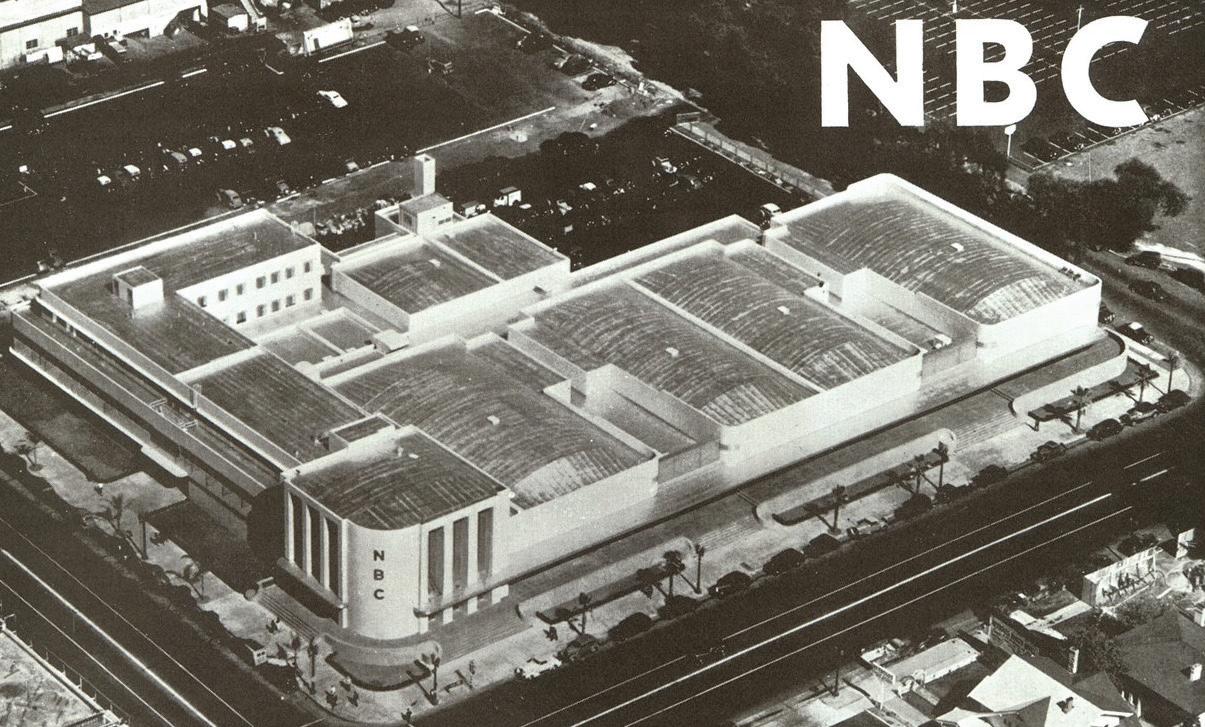
RESULTS MAGAZINE 9
THE 1940S
THE WAR YEARS
During the first half of the 1940s, the United States reeled from the impact of World War II. Despite the upheaval of this time, it was a period of patriotism and the beginning of a new era in America. This was followed by the Golden Age of American Capitalism and a post-war economic boom that would last until the 1970s.

Austin Supports the WWII War Efforts
As many industries did, Austin spent much of the first half of the 1940s focused on the war effort with the California office supporting projects in the areas of shipbuilding, aircraft assembly, machine tool factories, and electronic instruments and devices. In addition, Autin constructed two major penicillin plants, much needed to support the war efforts.
The outbreak of war in Europe (1939) resulted in a large-scale expansion of America’s aviation industries. Just 22 years earlier, Austin had built the world’s largest aircraft plant of the time and had pioneered the design of aircraft hangars, wind tunnels, dirigible mooring masts, and airports. This experience, coupled with Austin’s know-how of controlled conditions (i.e., air-conditioned) factories, positioned Austin as the nation’s largest builder of military aircraft assembly plants. These particular assembly plants needed the blackout protection that a controlled conditions buildings could provide. An extensive list of major aircraft assembly projects was supported by the California-based Austin team between 1939 and 1943.

10 RESULTS MAGAZINE
100 YEARS IN CALIFONIA 1940 s
Coming Into Focus: The Birth Of Television
As Austin passed the peak of its wartime activity in 1943, the company shifted some of its focus to the change in construction that would eventually come with the end of the war. It was believed that there was a large amount of capital and technology that was waiting to be applied in peacetime. This would result in new products and companies. Austin readied itself for these changes.
One area of change was television. Electronic television was first successfully demonstrated in San Francisco in September of 1927, but it was not until the 1939 World’s Fair in New York (April 30, 1939 – October 27, 1940) that the first practical TV sets were sold to the public. Although television sets had been available as early as the late 1930s, the widespread distribution and sale of TV sets did not take off until after the war.

Austin was convinced that the end of the war would bring the American consumer increased leisure time, and television would be a major growth industry in the postwar era. Some business leaders believed that no medium could ever displace the dominance of radio. Nonetheless, Austin developed a television studio construction program two years before the end of the war. Austin went all-in on its belief that returning GIs would be all too happy to spend time in front of the TV set with their families. Austin unveiled its working model of a television network studio in April 1944.
In 1938, Austin had completed the design and construction of NBC’s Radio City West in Hollywood. (See the 1930s.) After only a few short years, the rapid pace of change meant the television was ready for widespread availability to the public, and Austin was there to convert Radio City West to a television studio.
Over a series of projects beginning in 1944, the changes necessary to convert radio studios to television, including larger control rooms, audiences and television cameras (black and white at the time), and state-of-the-art television broadcasting equipment were implemented. Changes in technology meant significantly increased lighting, structural upgrades to support the increase, and added air conditioning to accommodate the additional heat load from the lights.

RESULTS MAGAZINE 11
Television Televised Series
1950s THE
NBC COLOR CITY
It was the late 1940s. Radio City West in Hollywood had been converted for television and NBC had launched its newest television station for Los Angeles now known as KNBC Channel 4. NBC was quickly outgrowing its iconic Hollywood broadcast center. As production increased, the need for more space became apparent. The network, and its then-parent, Radio Corporation of America (RCA), decided to build a new television studio complex. Internally nicknamed NBC Color City, the studio would be exclusively equipped for color television broadcasting, a technology that RCA was still developing.
In October of 1950, NBC made the first public mention of their intentions in a brief article in Broadcasting Magazine.
NBC TV Center Sees January Start – “With building permit and materials clearance from National Production Authority in Washington expected by mid-January, NBC will break ground for its proposed new West Coast $25 million radio-TV center in Burbank, California, late next month, according to present plans. NBC has earmarked around $2 million for the first unit of the project which will front on Alameda and California Streets.”
A site in Burbank was selected. However, the United States was at war in Korea and steel, aluminum, and copper wire went to defense contractors first. Before NBC bought the land in Burbank, it needed assurances from the National Production Authority that it could get the required materials to support the construction of its new studios.
RCA, had purchased the property in Burbank from both the City of Burbank and Warner Bros. Studios executive, Jack Warner. They turned yet again to Austin to design, engineer, and construct the new 48-acre television
studio complex that would become NBC’s new West Coast Headquarters.
The first pencil went to paper on the design in February, 1951. Construction began two months later in March with Studios 1 and 3 opening on October 4, 1952, for black and white television, not color.
These new studios were different than any others designed and constructed to date. Unlike the typical motion picture theater of the time with its small stage and maximum seating capacity, NBC’s new television studios were designed with large stage areas and auditorium seating for only 500. This allowed plenty of room for scenery, acting, and an operating area for the cameras and associated equipment.
12 RESULTS MAGAZINE 100 YEARS IN CALIFONIA 1950 s
THE GOLDEN AGE OF TELEVISION
Regarding the design and construction of NBC Color City’s first phase in 1951-52, the October, 1952 issue of Radio Age published the following:
• NBC’s new tv center on the west coast finished in record time.
• Roomy studios and service quarters embody the latest advances in design and construction.
• Two large studios and a vast service building operating at high speed.
• Spacious facilities for stars, including dressing rooms with showers, and a steam room.
• Ten additional dressing rooms; four for choruses.
• Large rehearsal halls.

• Carpentry shop, paint shop, and large scenery storage area.
• Structural innovations [by Austin], including site-cast concrete wall panels speeded up construction.
NBC Studios 1 and 3 were in heavy use from the start. But color television would have to wait for approval from the FCC until December, 1953. In the east, NBC’s first color studio was The Colonial Theater which came online as an experimental facility in March, 1953, NBC Brooklyn 1 was the second color studio in September, 1954.
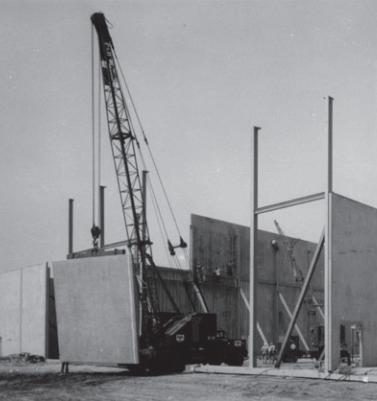
The post-war prosperity of the 1950s led to an explosion in industrial manufacturing and building. From automobiles to new suburban housing developments, consumer goods were more available than ever before. Families were able to afford televisions and shows like I Love Lucy and Leave it to Beaver were viewed in households across the country. Elvis Presley was the king of rock and roll and Marilyn Monroe dominated the box office. The 1950s heralded in the height of the post-war baby boom, with about four million babies born yearly.
RESULTS MAGAZINE 13
Concrete panel as part of the NBC TV Center outer wall. Burbank, CA.
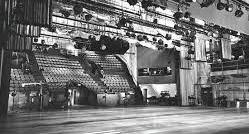
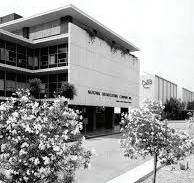


14 RESULTS MAGAZINE
Burbank’s color studios were added oneby-one. Studio 2 was built first, followed by Studio 4, and were identified as the first television studios built just for color. These two studios, and the entire Burbank complex, were dedicated on March 27, 1955—two and a half years after the opening of Studios 1 and 3. On May 30, 1955, Humphrey Bogart would make his first (and last live) appearance on television in Studio 2 when he, Lauren Bacall, and Henry Fonda starred in The Petrified Forest, the first “Producers Showcase” live color drama broadcast from NBC Color City West.
HERE’S JOHNNY
NBC Burbank hosted the production of many of the iconic variety and game shows from the 1950s through the 1990s, including The Tonight Show. In 1972, Johnny Carson moved the show to California from New York, where it remained until 2014. The show would return to New York with Jimmy Fallon as host ending a 42-year legacy of the show’s taping from southern California.

The Tonight Show broadcasted from Studio 1, except when Bob Hope produced his specials. The show moved to Studio 3 when Jay Leno became the host and then to Studio 11 in March 2010, until the show’s return to New York.
Hollywood Squares was produced at NBC Burbank from 1966 to 1980.

Local Los Angeles television station KNBC moved to the Burbank complex in 1962, where it operated until moving to the Universal Studios lot in 2014.
The Burbank complex was the west coast home of NBC Television for 62 years.

RESULTS MAGAZINE 15
Images shown: NBC Color City. Hollywood, CA.
The 1960 s
THE SWINGIN’ SIXTIES
The 1960s brought the civil rights movement to the forefront. The Civil Rights Act of 1964 was signed into law, followed by the Voting Rights Act of 1965 and the Fair Housing Act of 1968. This decade was also known for the counterculture movement which challenged social conformities. The Beatles and The British Invasion changed the American music scene. In 1969, the United States took “...one small step for man, one giant leap for mankind.” as Neil Armstrong was the first to step on the moon.
AUSTIN CONTINUES WORK IN EXISTING AND EMERGING MARKETS
Austin continued with project work for NBC in Burbank, completing more than 20 projects in the 1960s alone. For ABC, Austin completed ten projects, including their Hollywood television studios.
Following the entertainment industry business segment, Austin completed an additional 15 projects for Technicolor Corporation, a client that Austin would serve over the next 30 years.
Lockheed California Company became an active client in 1962, a relationship that continues today as Lockheed Martin. Austin’s work at Burbank Airport provided the connection to Lockheed, who, until the late 1980s, also called the Burbank airfield home. Austin’s nationwide work in the aviation industry for companies including Boeing, Douglas, and McDonald made the engagement with Lockheed seamless. Austin knew aviation.
Austin also began major work with Northrop Corporation Norair and Space Divisions, completing more than 30 projects during the 1960s. These facilities were home to the Northrop F-5 family of
supersonic light fighter aircraft. This included the original F-5A and F-5B Freedom Fighter. Though primarily designed for a day air superiority role, the aircraft was also a capable ground attack platform.
The F-5A entered service in the early 1960s. During the Cold War, over 3,800 were produced for U.S. allies. Though at the time the United States Air Force did not have a need for a light fighter, it did procure approximately 1,200 Northrop T-38 Talon trainer aircraft, which were based on Northrop’s N-156 fighter design.
Other clients with multiple California projects during this time included familiar names such as Ford Motor Company, Sunkist Growers, the Bureau of Yards and Docks, and U.S. Navy Facilities Engineering Command (collectively known today as NAVFAC). Less familiar names included Burroughs Corporation, Montgomery Ward, Pacific Southwest Realty, (today a part of Bank of America), the Upjohn Company (now a part of Pfizer), and several southern California newspaper printing companies.
100 YEARS IN CALIFONIA 1960 s 16 RESULTS MAGAZINE




RESULTS MAGAZINE 17
Shown above: F-5A Freedom Fighter. Burbank, CA.
The 1970s The 1970s The 1970s The 1970s The 1970s The 1970s
THE ME DECADE
Americans celebrated the first Earth Day in April 1970, and Congress passed the National Environmental Policy Act that same year. The Clean Water Act soon followed. The energy crisis of the 1970s also drove many Americans to reject gas-guzzling autos. Though the popularity of personal computers and the internet was still a distant dream, much of the modern technology we now take for granted was invented in the 1970s. Fashions of the day for women included bell-bottom pants and the iconic wrap dress designed by Diane von Furstenberg. At the same time, men sported turtleneck sweaters, oversized collars, highwaisted pants, leisure suits, and platform shoes. Radios blared with disco and rock and roll music by the Bee Gees, The Rolling Stones, Queen, and Led Zeppelin. The median family income was $21,020, and a loaf of bread just cost .25 cents.
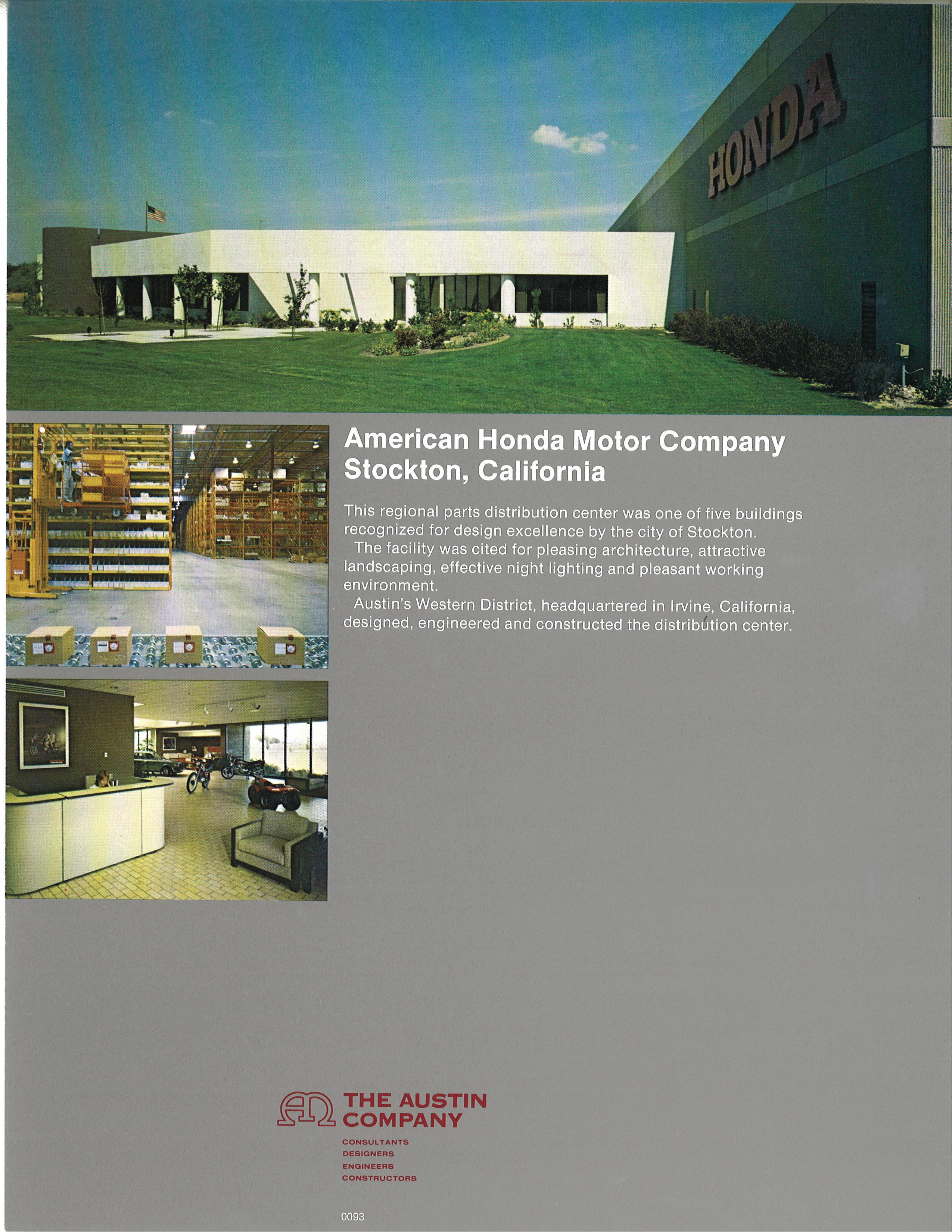
America Honda Distribution Center, Stockton, CA.
100 YEARS IN CALIFONIA 1970 s
THE ME DECADE IS A GROWTH DECADE FOR AUSTIN
With double-digit inflation, unemployment, an oil embargo, and an energy crisis, the early years of the 1970s dealt a heavy blow to the aerospace industry where orders dwindled and workforce plumetted. Despite the state of crisis, Austin found the 70s to be a period of significant growth with new client and project types.
New clients and projects for Austin were substantially in two markets: general industrial and operations centers (data centers), the latter being an emerging market for Austin’s California-based team.
GENERAL INDUSTRIAL DESIGN-BUILD
Industrial clients seeking The Austin Method® of project delivery during the 1970s included:
AMERICAN HONDA MOTOR COMPANY, INC. 300,000 SF Regional Parts Distribution Center in Stockton, California. (2022 value: $165 million.) Austin services: design, engineering, and construction.
BECKMAN INSTRUMENTS, INC. Twelve projects throughout California. Four were significant design, engineering, and construction projects, including a corporate data center, laboratory, manufacturing, and office buildings. (2022 value: $135 million.) Austin services: design, engineering, and construction.

CHEVRON OIL FIELD RESEARCH COMPANY. 76,000 SF office building in La Habra, California. This was the first in a series of projects for Chevron at the La Habra Research campus. (2022 value: $26 million.) Austin services: design, engineering, and construction.
THE CLOROX COMPANY. Research building in Oakland, California. (2022 value: $34 million.) Austin services: design, engineering, and construction.
JAFRA COSMETICS. Cosmetics manufacturing plant in Canoga Park, California. (2022 value: $30 million.) Austin services: design, engineering, and construction.
SMITH TOOL COMPANY. Eleven projects, including a forge shop. (2022 value: $26 million.) Austin services: design, engineering, and construction.
STAUFFER CHEMICAL COMPANY. Research laboratory in Richmond, California. (2022 value: $50 million.) Austin services: design, engineering, and construction.
RESULTS MAGAZINE 19 Beckman Instruments, Irvine, CA.
STEELCASE, INC. 330,000 SF office furniture manufacturing facility expansion in Tustin, California. (2022 value: $56 million.) Austin services: design, engineering, and construction.
SYNTEX USA, INC. Laboratory facility in Palo Alto, California. (2022 value: $70 million.) Austin services: design, engineering, and construction.
TOYOTA MOTOR SALES USA, INC. Multiple facilities for Toyota, including a 220,000 SF distribution center in San Ramon, California, and a 90,000 SF office building in Torrance, California. (2022 value: $75 million.) Austin services: design, engineering, and construction.
OPERATIONS CENTERS (INCLUDING DATA CENTERS)
Operations and data center clients who turned to Austin for their technology-based needs during the 1970s included:
FIRST SECURITY COMPANY (BANK). 195,000 SF bank operations center (data center) in Sal Lake City, Utah. (2022 value: $50 million.) Austin services: design, engineering, and construction.
SECURITY PACIFIC NATIONAL BANK. Austin completed eight planning projects (data center related), for Security Pacific National Bank. Of the eight planning projects, the data center in Brea, California, would become a significant design, engineering, and construction project for Austin beginning in 1980.
UNITED AIRLINES, INC. 55,000 SF reservations center in Los Angeles, California. (2022 value: $20 million in construction.) Austin services: design, and engineering.
VALLEY NATIONAL BANK 100,000 SF computer center in Phoenix, Arizona. (2022 value: $50 million.) Austin services: design, engineering, and construction.
LEGACY CLIENTS
Austin received continuing business from legacy clients in the 1970s, including work for:
NBC. Austin received continued business from NBC completing more than 40 projects in Burbank during the 1970s alone. Projects included a new 76,500 SF technical and office building. (2022 value: $25 million.) Austin services: design, engineering and construction.
NORTHROP CORPORATION. Austin also continued with work for Northrop, at the Hawthorne, California site.
All totaled, Austin undertook more than $1 billion (in 2022 dollars) in work during the 1970s, averaging $100 million a year over the ten years; much of the work being awarded in the late 1970s with construction rolling over into the 1980s.
In 1975, Austin moved its primary California office from Los Angeles (Wilshire Boulevard) to Irvine, California (18800 Von Karman).


CONTENTS VOLUME 4 - ISSUE 1
Valley National Bank, Salinas, CA.
Valley National Bank, Salinas, CA.
First Security National Bank, Salt Lake City, UT.
United Airlines Reservation Center, Los Angeles, CA.
Toyota Office Building, Torrence, CA.
Chevron Oil Field Research, La Habra, CA.
The Austin Company Office, Irvine, CA.
Austin continued to expand in the 1980s with projects for legacy clients in aviation, aerospace and defense, automotive, and broadcasting and entertainment.

Through perseverence and ingenuity, the aviation, aerospace, and defense market made it through the turbulant economic times of the 1970s. Austin’s design-build projects included:
DOUGLAS AIRCRAFT COMPANY. ( A division of McDonnell Douglas Corporation, now a part of Boeing.) 1.1 million SF highbay aircraft assembly building in Long Beach, California. (2022 construction value: $400 million.) Austin services: design, engineering and construction. The complex produced the well-known C-17 Globemaster III airlifter.
LOCKHEED MARTIN AERONAUTICAL SYSTEMS. (Skunk Works®). 200,000 SF composites manufacturing facility known as Building 636 and a 125,000 SF metallic fabrication center identified as Building 637 in Palmdale, California. (2022 construction value: $250 million.) Austin services: design, engineering, and construction. The Skunk Works is well-known for its work in advanced aircraft design.
Austin also did work for Lockheed Missiles and Space during the 1980s in Sunnyvale, California and at the Kennedy Space Center in Florida.
NORTHROP CORPORATION. 240,000 SF advanced production development center for the F-5G in Hawthorne, California. (2022 Construction Value: $82 million.) Austin services: design, engineering, and construction.

22 RESULTS MAGAZINE
100 YEARS IN CALIFONIA 1980 s
The 1980s began with a severe economic recession and inflation and ended with the fall of the Berlin Wall. This is the MTV generation where the impact on fashion, movies, and music would influence young people for decades. It is also the decade of the War on Drugs (Just Say No) and Live Aid, a multi-venue benefit concert to raise funds to feed Ethiopians starving from famine. The Exxon Valdez oil spill and the nuclear accident at Chernobyl were sadly two of the decade’s most disastrous environmental events. Personal computers, boomboxes, and Walkmans were the technology of the day. Women wore high-waisted trousers, printed blouses, bright head and wrist sweatbands, Members Only jackets, and polka-dotted dresses. Men could be spotted wearing cuffed jeans or khakis, cardigans, plain t-shirts, denim or bomber jackets, and loafers. Gas peaked at $1.25 a gallon, and a loaf of bread doubled in cost from the 70s to .50 cents.
Representative clients and projects included:

AMERICAN HONDA MOTOR COMPANY. A series series of Rider Education Centers for street and off-road motorcycles, ATVs, and SXS off-road vehicles. These facilities included plants located in Georgia, New Jersey, Ohio, and Texas. Austin services: design.
TOYOTA MOTOR SALES Interiors for Toyota’s U.S. headquarters. Torrance, California. Austin services: design and implementation. Parts distribution center. San Ramon, California. (2022 project value: $75 million.) Austin services: design, engineering, and construction.
Serving the broadcast industry since the 1930s, Austin’s representative clients and projects included: MEREDITH CORPORATION. A new 31,700SF television broadcast station, KVVU-TV, in Henderson, Nevada, for the Meredith Corporation. This was the first in a series of new television broadcast facilities that Austin would do for Meredith across the country. (2022 value: $12 million.) Austin services: design, engineering, and construction.
NATIONAL BROADCASTING COMPANY. Austin continued its work at the Burbank Studio, completing the site’s development. Among other projects, Among other projects, was the last new production studio—Studio 11, totaling 62,000 SF. (2022 construction value: $22 million.) Austin services: design, engineering, and construction.
THE WALT DISNEY COMPANY. In 1988, Austin began a nearly 35-year service relationship with Disney at the Disneyland Resort. Austin continues to serve Disney to this day.
RESULTS MAGAZINE 23
Representative clients and projects included:
• Arizona Public Service.
• Cedar-Sinai Medical Center.
• Chevron Oil Field Research.
• Douglas Aircraft Company.
• First Security Company.
• Kaiser Permanente.
• Los Angeles Department of Water and Power.
• Salt River Project.
• Southern California Edison.
While the 1980s were big for aviation, aerospace, and defense projects, it was also a momentous decade for Austin in data and operations centers, with ten major projects totaling millions of square feet.
SECURITY PACIFIC NATIONAL BANK. Representative of data and operations center projects was Austin’s work for Security Pacific. Austin designed, engineered, and constructed a new 688,000 SF operations center in Brea, California. This was the fourth data center for Security Pacific by Austin. Truly state-of-the-art technology at the time, the operations center could process over 3,000,000 checks per day, with an employee population of 2,500. Operational reliability was critical. Supporting this reliability was an uninterrupted power supply, served by a gas turbine-powered cogeneration system, which produced all the power required for the building (the public utility was the backup supply). Although the Brea Operations Center represented the leading edge of data-processing technology in the 1980s, it was designed with the flexibility to accommodate future changes in technology. (2022 construction value: $325 million.) Bank of America operated the facility for over 39 years and in recent years, as a call center. In late 2021, Amazon acquired the facility for its use as a call center. Photos of the building look the same as they did on that opening day in 1982. Austin services: design, engineering, and construction.
Representative clients and projects during the 1980s included: KAISER PERMANENTE. Central pharmacy facility. Downey, California. Austin services: design, engineering, and construction.
U.S. ARMY CORPS OF ENGINEERS. A series of three area-oriented supply depots in California, Pennsylvania, and Texas. Representative of these three depots is the Lathrop, California facility serving ten Western states and the Pacific. At 832,00 SF, the facility contains inventories of 157,950 small items and 83,600 pallet-size materials. Austin also implemented and installed computer-controlled warehouse material handling systems. Austin services: design, and engineering.
U.S. POSTAL SERVICE. 318,000 SF General Mail Facility. Santa Ana, California. Austin services: design, and engineering.
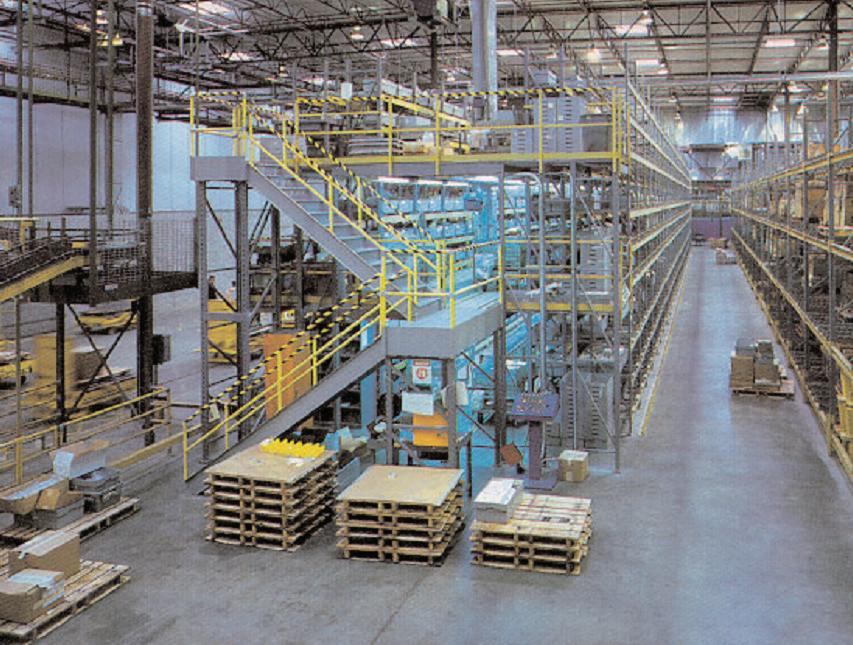
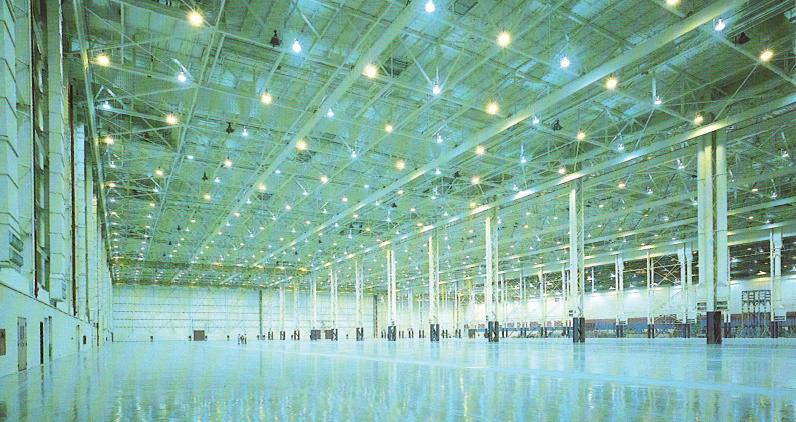
ISSUE
CONTENTS VOLUME 4 -
1
Other industries served by Austin in the 1980s included food and beverage, newspapers, and real estate development.
McDonnell Douglas Building, 54, Long Beach, CA
Toyota Autobody, Long Beach, CA





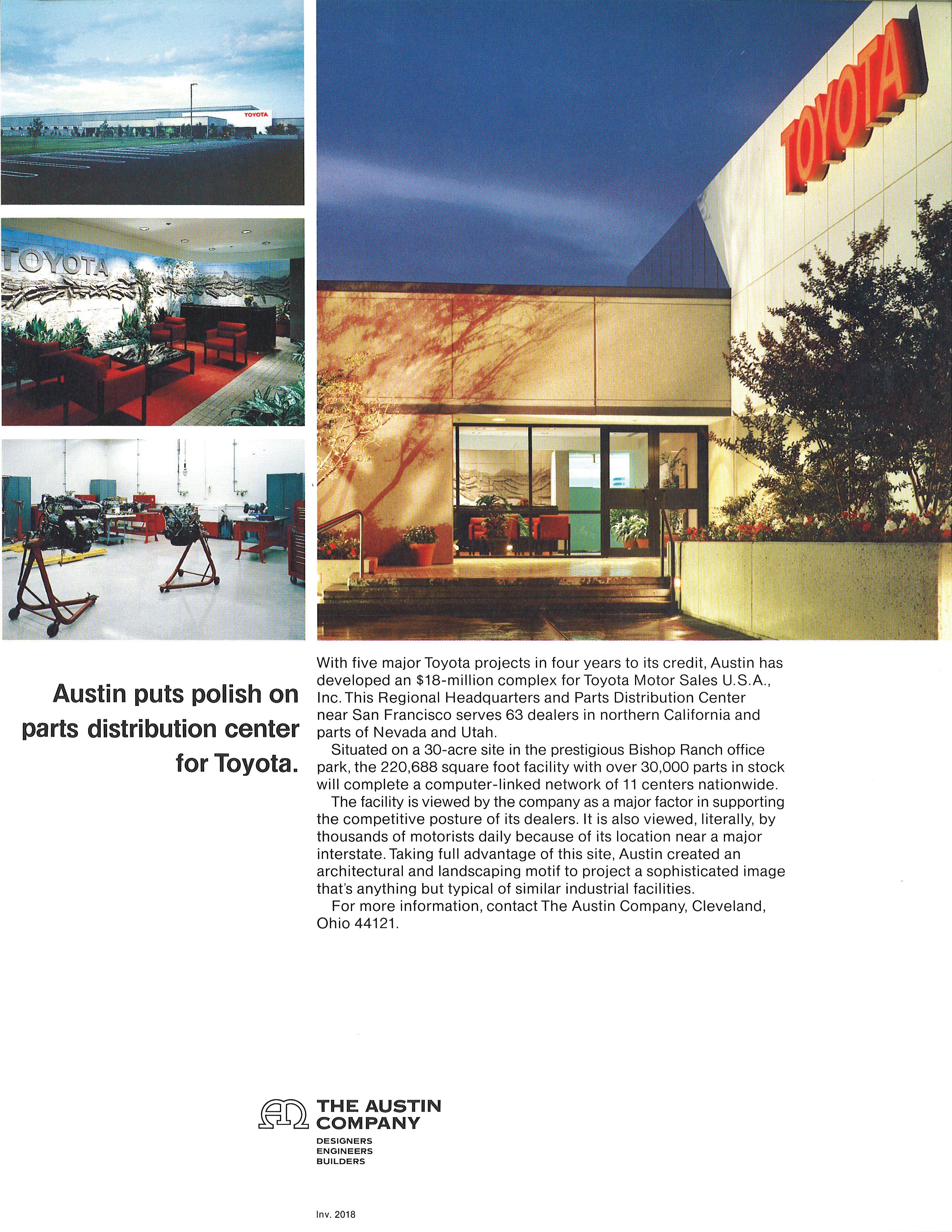 Toyota, San Ramon, CA
Security Pacific National Bank, Brea, CA
Security Pacific National Bank, Brea, CA
Salt River Project, Tempe, AZ
Toyota, San Ramon, CA
Security Pacific National Bank, Brea, CA
Security Pacific National Bank, Brea, CA
Salt River Project, Tempe, AZ
KVVU,
NBC Studio 11, Burbank, CA
Las Vegas, NV
100 YEARS IN CALIFONIA 1990 s
THROUGH THE DECADES
With the addition of new domestic clients and new international clients, the 1990s continued to be a period of growth for Austin. The California office produced major projects for aviation, aerospace, and defense, as well as key projects in broadcasting and entertainment, newspaper printing, and publishing. This work, included a significant contract with Southern California Edison and international projects in Japan, China, South Korea, and the Philippines.
AVIATION, AEROSPACE, AND DEFENSE
In the 1990s, no market growth was greater for Austin than in aviation, aerospace, and defense. Austin worked on more than 150 projects for multiple companies in the industry, including Boeing (and its heritage companies), BF Goodrich Aerospace and Rohr, Inc. today both are a part of Collins Aerospace, Hughes Aircraft Company (now a part of Raytheon), Lockheed Martin, and Northrop Grumman (and its heritage companies) rounded out the list with these projects totaling nearly $1 billion in today’s value.
Boeing Space Delta IV Launch Vehicle Manufacturing and Assembly Facility. The largest of these projects was for Boeing Space Systems. The project supported the race to win a large share of the rapidly growing space launch market. Already a key rocket supplier, McDonnell Douglas Aerospace (now a part of Boeing), then headquartered in Huntington Beach, California, selected Austin in early 1997 to begin conceptual design for a new rocket manufacturing plant. It was the first such facility in nearly 40 years and was designed to produce what would be its newest product, the Delta IV rocket series.
Austin completed the conceptual design within five weeks and proceeded with further design and cost estimating.
In June of 1997, Austin was released on the preliminary design and development of a 1.5 million SF Satellite Launch Vehicle Production Center. In late November, Austin was awarded a design-build contract for the project partnering with Alberici Constructors, Ltd. of St. Louis, Missouri. Austin also served as the architect and engineer. Design activities ramped up dramatically through March, 1998. Austin’s A/E team refined the design through the application of value engineering and the use of principals identified with the worldwide trend toward the “Lean Aerospace Initiative.”
Following a demanding 26-month construction schedule, the facility was completed in late 1999, allowing initial production to begin in February, 2000.
• Over 2,000 drawings were issued for the project.
• Over 4 million cubic yards of earth were moved during grading and excavations.
• 14 miles of pilings were driven.
• At its peak height, the building soared to 140 feet and averaged 75 feet.
• Truss lengths up to 220 feet created clear spans and supported 33 bridge cranes with capacities of up to 30 tons.
• The entire facility was environmentally controlled to 72 °F, 24/7, 365 days a year.
• At its peak, the construction workforce numbered 1,400.
• In today’s market, the project would be valued at nearly $600 million.
26 RESULTS MAGAZINE
THE GRUNGE ERA
In the 1990s, technology continued to advance. The World Wide Web ushered in a new era of both communication and entertainment. The mobile phone would permanently change how we live and communicate. The dot-com boom in the 1990s saw exponential wealth and growth of startup software and tech companies. The online auction website eBay was founded, the Java Programming Language was released, and the search engine Google was developed. In popular culture, musical genres like grunge and hip-hop took center stage. Popular toys included Nintendo Game Boy, Tamagotchi virtual reality pet, and Tickle Me Elmo. Popular movies range from Forest Gump to the mob classic Casino. Author J.K. Rowling published the first Harry Potter book. Over the decade, the average home price would go from $123,000 to $131,750, and the cost of gasoline decreased from $1.34 per gallon to $1.22.
Today, the complex is operated by the United Launch Alliance (ULA), a joint-venture company of Boeing and Lockheed Martin. The complex produces the well-known Delta IV, Atlas V, and Vulcan Centaur rockets. Read more about this project in our spotlight feature found on page 30.
Boeing Sea Launch. Austin implemented upgrades to over 200,000 SF of existing facilities and constructed two new buildings, including a Payload Integration Facility at a 75acre site formerly occupied by the U.S. Navy in Long Beach, California. A project worth $40 million in today’s market.
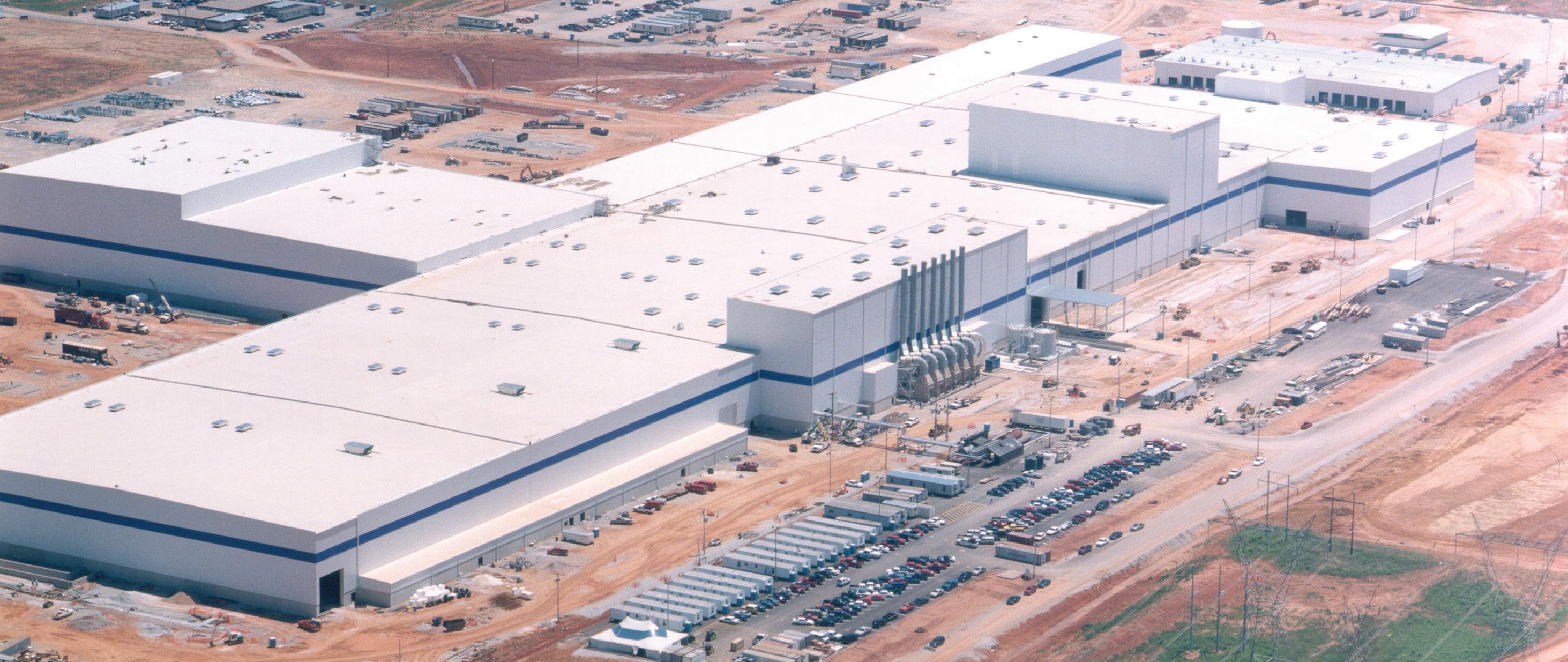
Northrop Grumman. The 1990s were a busy time for Northrop Grumman with a list of more than 50 projects in Southern California. Austin designed, engineered, and constructed facilities at their El Segundo, California facility to accommodate the relocation of B-21 Labs from
Pico Rivera, California. These projects would amount to $40 million in today’s market.
Lockheed Martin. Austin designed, engineered, and constructed multiple projects for Lockheed Martin Aeronautical Systems (Skunk Works). This included expansions to Buildings 636 and 637 in Palmdale, California, (originally built by Austin in the late 1980s). Austin supported Lockheed Advanced Development Company’s corporate offices move to Palmdale.
BROADCASTING AND ENTERTAINMENT
As the digital broadcast era began to take hold in the 1990s, Austin introduced new television broadcast facilities, globally. Austin was also instrumental in replacing 1950s facilities through modernization and upgrades to the outdated existing facilities.
RESULTS MAGAZINE 27
Boeing Delta IV, Decatur, AL
Austin completed more than 60 projects for broadcasting and entertainment clients during the 1990s, including projects for ABSCBN Broadcasting (Manila, Philippines), Fox Television, Meredith Corporation (Television Broadcasting), Munhwa Broadcasting (Seoul, Korea), National Broadcasting Company (NBC), Republic Broadcasting (Quezon City, Philippines), Tribune Broadcasting (KTLA-TV5), and The Walt Disney Company.
A prime example of the California office’s work during this time was for the Meredith Corporation, including a 45,800 SF television broadcast station, KPDX-TV, in Portland, Oregon, and a 53,900 SF television broadcast station, WGCL-TV, in Atlanta, Georgia.
The relationship with The Walt Disney Company that had begun in 1988 continued as Austin undertook 25 design and engineering projects at Disneyland and our first construction project at the park, in Tomorrowland.
NEWSPAPER PRINTING AND PUBLISHING
Newspaper print circulation in the US peaked in the 1980s, and Austin’s business in this market was booming in the 1990s. Austin’s California office did work for Copley Newspapers (San Diego Union-Tribune, Torrance Daily Breeze, and multiple papers in Illinois), Cox Arizona Publications, The Daily News (in Valencia), Dow Jones & Co., Imperial Valley Press, Oxnard Press Courier, San Gabriel Valley Tribune, and West Coast Community Newspapers.
SOUTHERN CALIFORNIA EDISON
In 1997, Austin signed a major seven-year agreement with Southern California Edison as their sole facilities design, engineering, and construction partner. Between that signing and the end of 1999, Austin was awarded 95 projects. Representative projects included call centers, data center upgrades, a complete renovation of the Rosemead Headquarters (including a new central plant), regional service centers, training centers, and even a pole climbing school.
INTERNATIONAL PROJECTS
Austin’s California office supported a series of international projects throughout the Pacific Rim. These included projects in Japan, China, South Korea, and Republic of the Philippines. In Japan, Austin participated in six major projects in partnership with a consortium of Japanese companies as a part of the US/ Japan construction agreement reached in May 1988. Under the agreement, the Japanese government ensured that American companies could participate in competing for the construction of public works, such as airport projects. Austin’s responsibilities on these projects included value engineering, selection of subcontractors, and construction management.
Projects included the 800,000 SF Wing B of the Asia and Pacific Trade Center located on Nanko Island in Osaka Harbor, a 290,000 SF passenger terminal at the Hiroshima Airport, and a 1,300,000 SF air cargo terminal and baggage handling system at the Kansai Airport. The Kansai Airport project represented the largest civil construction project in which an American company participated since the US/Japan construction agreement was signed.
OTHER INDUSTRIES
Other industries served by Austin’s California office in the 1990s included food and beverage, general manufacturing, and work for the U.S. Postal Service.

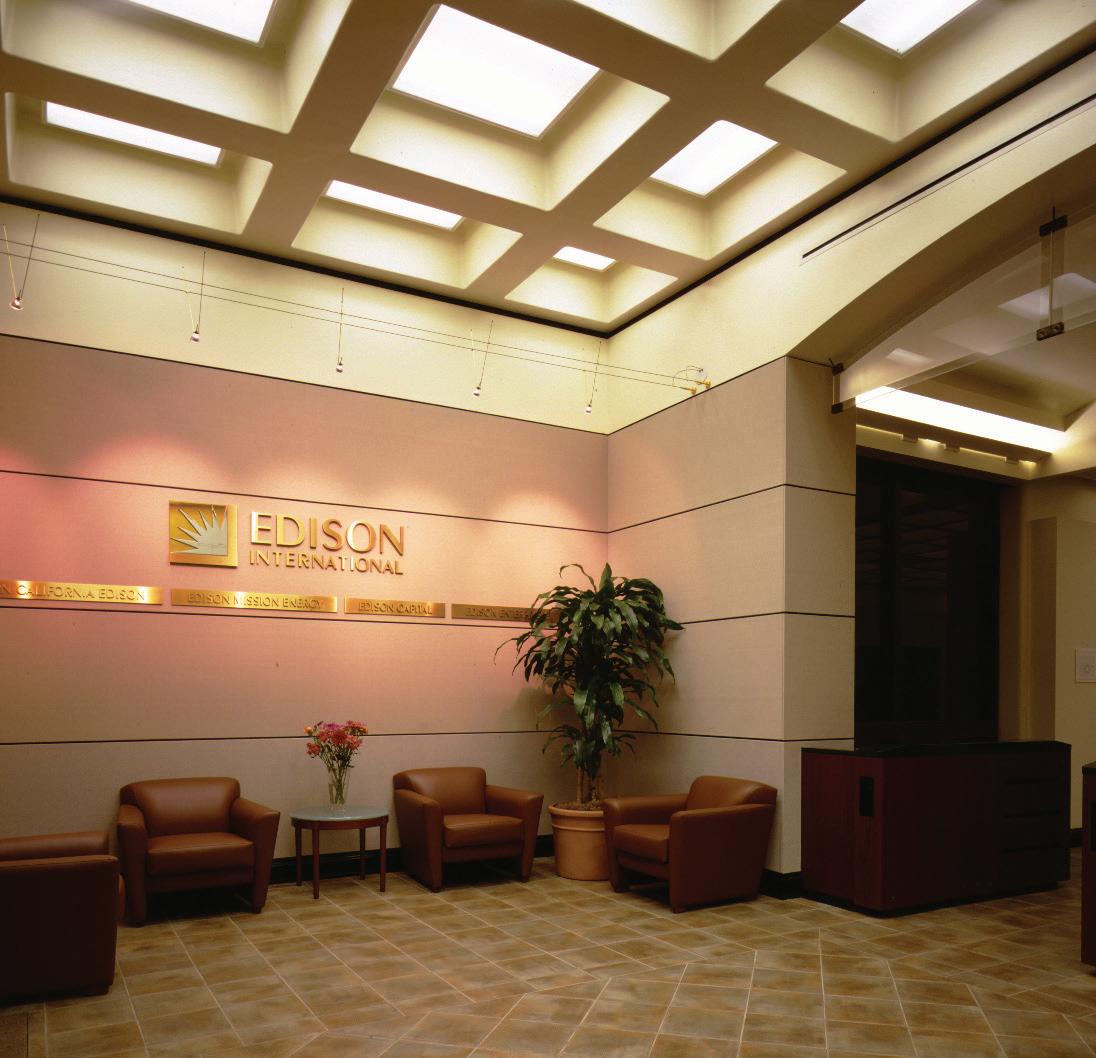

 KPDX-TV, Portland, OR
Asia and Pacific Trade Center, Osaka Harbor, Japan
Southern California Edison, Rosemead, CA
KPDX-TV, Portland, OR
KPDX-TV, Portland, OR
Asia and Pacific Trade Center, Osaka Harbor, Japan
Southern California Edison, Rosemead, CA
KPDX-TV, Portland, OR
AUSTIN’S ROLE IN REACHING THE WILD BLUE YONDER

In a spectacular evening launch on Wednesday, November 20, 2002, the first flight of the Boeing Delta IV family of rockets successfully delivered a telecommunications satellite into orbit. Major rocket components, including the common booster core, were manufactured in a facility designed, engineered, and constructed by The Austin Company in a joint venture with Alberici Constructors, Ltd.
At the time of its construction, the Sattelite Production Vehicle Center was considered one of the most technically challenging projects The Austin Company had completed for The Boeing Company. It was one of the fastest construction projects for its size in Austin’s history.
The Delta IV family of rockets is Boeing’s entrant into the U.S. Air Force’s Evolved Expendable Launch Vehicle Program (EELV). The EELV program provides the United States with affordable, reliable, and assured access to space with two families of launch vehicles: Atlas V and Delta IV. These launch vehicles provide critical space lift capability to support the Department of Defense and other National Security missions —together known as National Security Space (NSS) missions. With multiple launch vehicle configurations and launch sites on both coasts of the U.S., EELV has a proven track record of success, demonstrating unprecedented reliability with 106 successful launches since 2002. Of those 106 launches, 57 have been EELV National Security Space launches in support of the Navy, National Reconnaissance Office, and the Space Force.
The EELV program’s Atlas V and Delta IV launch vehicles are produced by United Launch Alliance (ULA), a joint venture of Boeing and Lockheed Martin, formed in 2006. In addition to manufacturing the launch vehicles, ULA also maintains space launch complexes at Cape Canaveral Air Force Station, Florida, and Vandenberg Space Force Base, California.
Program cost savings were achieved through operability improvements such as using common components and infrastructure, a standard payload interface, standardized

launch pads, reduced on-pad processing, and acquisition improvements such as launch vehicle block buys.
Austin first became involved in Boeing’s Delta IV project in January 1997, providing a master planning and preliminary design for a facility that would manufacture the largest structural component of the Boeing Delta IV family of rockets, the common booster core (CBC).
The challenge in the project’s planning stage was that Boeing still needed to select a site for the new facility and finalize its plans for designing the new series of Delta rockets. In response to these challenges, Austin provided flexible designs and developed many concepts for several locations throughout the country. Upon completing master planning and preliminary design, Austin initiated engineering for longlead procurements.
Once Decatur, Alabama was selected as the project site and design-build as the project delivery method, Austin was awarded the final design and construction for the facility in a joint venture with Alberici Constructors, Ltd. The demanding 26-month construction schedule was driven by The Boeing Company’s strategy for their next-generation booster. As a result, every aspect of the project had to be done quickly and efficiently to mirror Boeing’s approach to the manufacturing of the Delta IV rocket.
With site work well underway in November 1997, it was determined that the most critical manufacturing areas would be in the center of the building. Therefore, the decision was made to construct simultaneously from the center to the south and north. In addition, an extensive tunnel system was installed before all other construction and provided both a means of safe exit and a location for routing utilities.
Construction was completed in late 1999. Initial production began in February 2000, and rocket manufacturing was in full swing by September 2000. The first common booster core assembled at the new plant was unveiled at the dedication of the Decatur facility in October of 2000.
SPOTLIGHT DELTA IV 30 RESULTS MAGAZINE


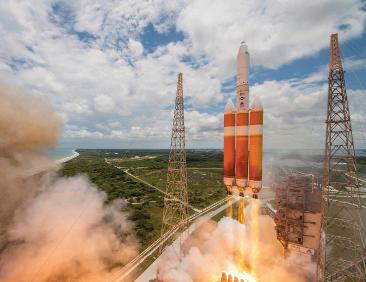
THE AUGHTS DECADE
During this decade, the first social media sites were launched – Friendster, Myspace, Facebook, and Twitter. The use of mobile phones transitions from a yuppie device to an essential consumer product. The Do Not Call List was launched, allowing consumers to limit telemarketing calls. The Boston Red Sox won the World Series in baseball for the first time since 1918. Women wore yoga pants, low-rise jeans, cowl-neck shirts, peasant tops, cropped jackets, and dresses over jeans. Men wore letterman and black leather jackets, overcoats, slim-cut jeans, Ed Hardy t-shirts, flannel shirts, and V-neck sweaters. These were often paired with dad hats, wayfarers or aviators, motorcycle boots, Converse, Vans, or sneakers. The median household income in the United States was now at $42,148 and, over the course of the decade, a postage stamp would go up .11 cents.
The world anxiously anticipated the countdown to 2000 as computer experts warned of catastrophic errors related to the formatting and storage of calendar data for dates in and after the year 2000. But the potential to bring down worldwide infrastructures for industries ranging from banking to air travel didn’t materialize, thanks to many preemptive strategies.
Austin ushered in the 2000s with repeat business from legacy clients, new clients, and a successful transition to being a part of the Kajima USA group of companies (2005). This transition continued the growth of Austin’s California office throughout the 2000s.
Repeat clients included aviation, aerospace, and defense companies — most notably Boeing and Northrop Grumman. The office returned to Toyota with a series of national
projects, undertook numerous new projects for Disney, and completed a long list of Southern California Edison projects under a seven-year agreement signed in 1997.
New clients and projects included a major seismic upgrade and renovation project for the US General Services Administration (GSA), emergency operations centers for Los Alamos National Laboratory and the County of Santa Barbara, and what would become new long-term relationships with Mater Dei High School and B|Braun Medical. In the late 2000s, the Irvine office launched the company’s plan to expand operations into Mexico, serving as the lead partner in Kajima-Alberici MX.
AVIATION, AEROSPACE, AND DEFENSE
Austin completed over 175 project assignments for Aerospace Corporation, Boeing, Gulfstream Aerospace,
100 YEARS IN CALIFONIA 2000 s 32 RESULTS MAGAZINE
THE
Lockheed Martin, and Northrop Grumman (and heritage company TRW Space & Electronics) in the first half of the decade alone.
BOEING SPACE SYSTEMS. Austin continued work at the Decatur, Alabama, 1.5 million SF Satellite Launch Vehicle Production Center supporting the relocation of the Delta II and III programs to the Decatur plant. Austin also worked in Long Beach, California, supporting the C-17 Airlifter program facilities. Support included the design and engineering of a new fitness center to serve 10,000 employees of the C-17 program. Totaling 14,000 SF the fitness facility included areas for cardiovascular training, strength and weight training, and aerobics, as well as locker and shower rooms, and administrative spaces. Exterior areas featured a running trail, a multi-use soccer or football field, and basketball, tennis, and sand volleyball courts. Austin’s long relationship with Boeing, combined with recent experience completing a new fitness center for Southern California Edison in Rosemead, California, made Austin the ideal choice for the project.

NORTHROP GRUMMAN. The 2000s continued to be active in service to Northrop Grumman and TRW Space & Electronics (a Northrop Grumman Heritage Company) in Southern California with more than 200 projects at the El Segundo, Manhattan Beach, Redondo Beach, and Palmdale sites.
AUTOMOTIVE
Austin returned to the automotive industry following a short break during the 1990s with a series of projects for Toyota. This included design, engineering, and construction work at Toyota’s auto body plant in Long Beach, a vehicle repair facility in Torrance, and modernizations and expansions at Toyota Motor Sales regional facilities in Boston, Cincinnati, Denver, Kansas City, and back to California, in San Ramon.
ENTERTAINMENT
With over 50 new design and engineering projects at the Disneyland Resort, Austin actively continued the relationship that had begun in 1988 with The Walt Disney Company. Most notable of these projects are the attractions infrastructure throughout the park, back of house support projects, and the Disneyland Hotel renovation and modernization.
Austin’s multi-discipline design and engineering team’s considerable experience with facilities infrastructure across multiple industries and understanding of the technical complexities of Disney’s attractions—based on decades of motion picture and television production
RESULTS MAGAZINE 33
facility experience—provided Disney with unequaled industry cross-over experience.
Back of house projects included:
• The new entertainment center, adjacent rehearsal hall, and recording studio.
• Uniform issue and cast lockers.
• Supply chain logistics warehouse.
• Transportation center.
• Tram and vehicle maintenance centers.
DISNEYLAND HOTEL. Austin was selected as the Architect of Record and Engineer for the major renovation of the Disneyland Hotel based upon its knowledge of the hotel complex infrastructure from prior projects, multi-disciplinary in-house team approach, and experience working with the company. The Austin team completed a comprehensive condition assessment of the three main towers of the hotel complex then proceeded with schematic design, design development, and preparation of construction documents for the renovation. During construction, Austin provided fulltime on-site representation and on-call engineering support from its Irvine offices.
The Disneyland Hotel renovation was a multi-year project encompassing the full renovation and modernization of the



hotel’s original three main towers including 970 guest rooms, top-floor suites, and lobbies. The 1955 hotel underwent a head-to-toe makeover that encompassed every guest room.
The new guest rooms were conceived by designers at Walt Disney Imagineering with a concept that included many Disney touches such as hidden Mickeys in the carpeting, the bathrooms, and other niches, and headboards that light up with a fiber-optics display of the world-famous Disneyland fireworks above Sleeping Beauty Castle.
The rooms were outfitted with energy-efficient lighting and double-paned, energy-efficient windows that were tinted blue to give the towers a new exterior look. The work was done in phases with the Dream Tower completed first, then the Magic Tower and Wonder Tower rounding out the project. Disney maintained a high occupancy level at the hotel throughout the renovation, with construction crews sensitive to maintaining a positive guest experience.
Austin also provided construction management staffing support (construction project managers and superintendents) for constructing the California Adventure theme park addition to the Disneyland Resort.
EDUCATION
MATER DEI HIGH SCHOOL. In 2000, Mater Dei High School, and the Diocese of Orange County, California, selected Austin
34 RESULTS MAGAZINE
to provide design and engineering services for a series of new projects including a library, sciences building, student activities center, gymnasium, aquatics center, athletic fields, and performing arts center.
Mater Dei is the largest Catholic High School west of the Mississippi and is well known nationally for its academic and athletic programs. Austin was introduced to Mater Dei through its Disneyland relationship and is proud to continue to serve Mater Dei, now entering its 23rd year.
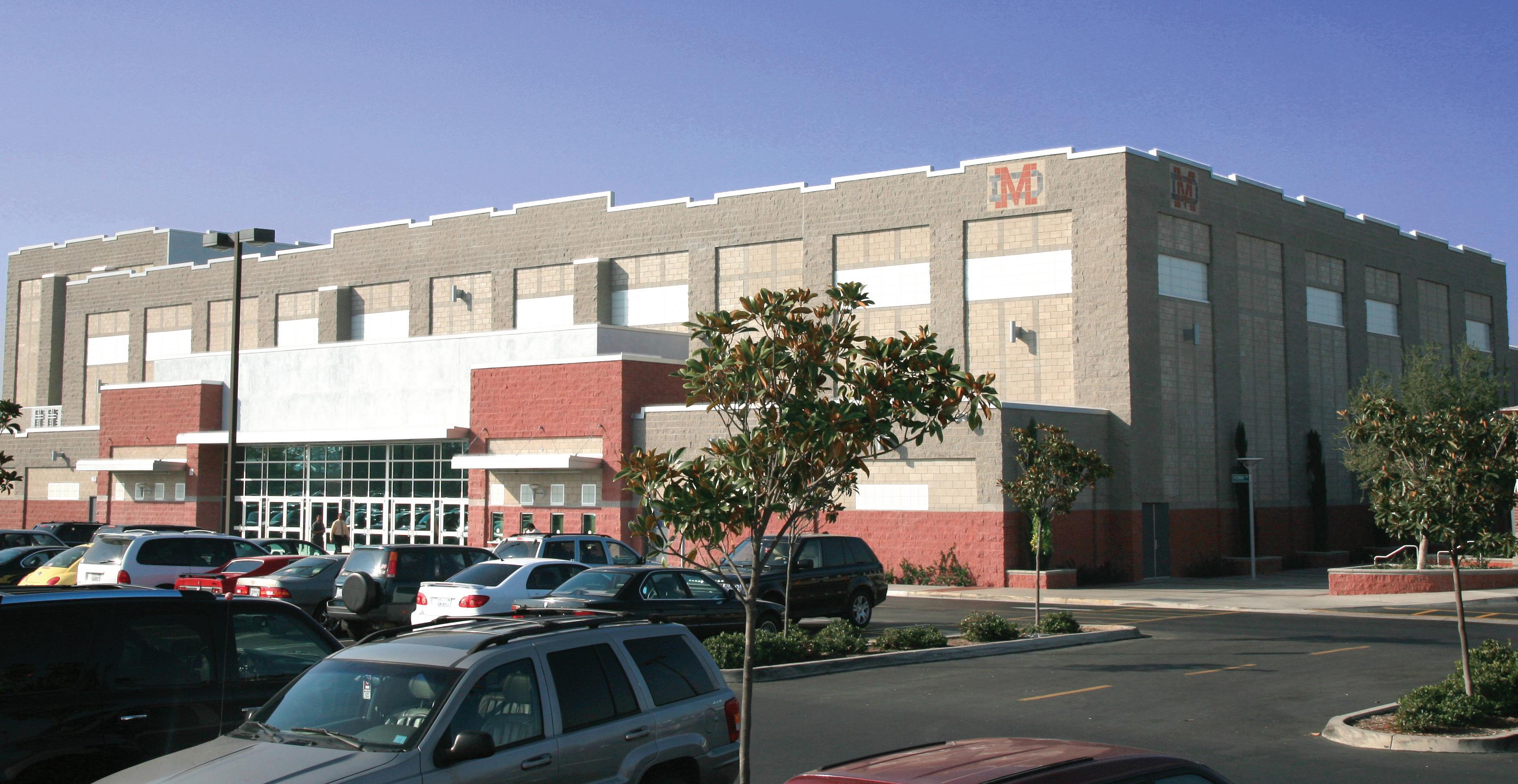
Read more about this project in our spotlight feature on page 36.
UNIVERSITY OF CALIFORNIA SANTA BARBARA. Austin constructed an Engineering Sciences Building for nanotechnology at the University of California’s Santa Barbara campus.
LIFE SCIENCES
B|BRAUN MEDICAL. In 2005, Austin began providing design and engineering services to B|Braun Medical in Irvine, California. Austin has served B|Braun continuously since that time.
OTHER
SOUTHERN CALIFORNIA EDISON. Between 2000 and 2005, Austin was awarded 78 projects under the seven-year
agreement as their sole facilities design, engineering, and construction partner.
FEDERAL GENERAL SERVICES ADMINISTRATION (GSA). Austin completed two design-build projects for the Federal General Services Administration (GSA), including the modernization of the US Geological Survey campus in Menlo Park, California, and a major seismic upgrade, renovation, and modernization of the Santa Ana Federal Building also in California.
Austin was selected for the Santa Ana Federal Building project based on its design-build experience, multidisciplinary in-house design and engineering capabilities, and proposed solution to responding to the building’s seismic performance deficiencies.
LOS ALAMOS NATIONAL LABORATORY DEPARTMENT OF ENERGY (DOE). Austin was awarded the contract based on its design-build experience and expertise in high-reliability operations centers. “In addition to its unique one-stop shop approach, The Austin Company presented an innovative solution to difficult design parameters,” shared the construction manager for the Cerro Grande Rehabilitation Project.
RESULTS MAGAZINE 35
MATER DEI A LONG-LASTING PARTNERSHIP
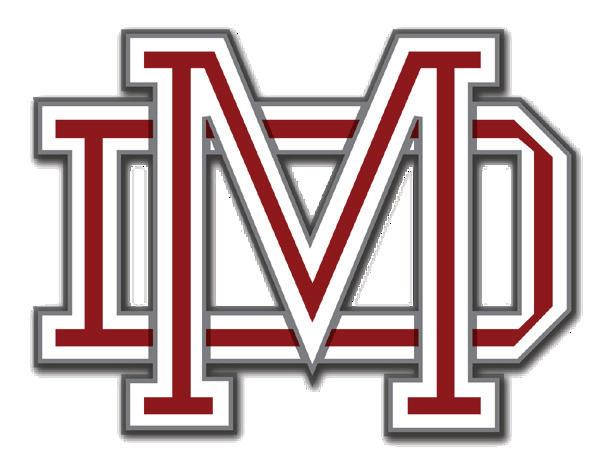
Mater Dei’s partnership with Austin began in 2000 when the diocese of Orange County awarded a master master plan for this college preparatory high school. Mater Dei High School is a private, co-educational secondary school in Santa Ana, California. The school is known for its strong sports programs, especially football, and for its graduates who have won the Heisman Trophy.

ORIGINS OF THE RELATIONSHIP TIE TO DISNEY
Despite the school’s illustrious reputation, the campus had fallen into disrepair and didn’t match the institution’s prestigious reputation. Their solution was to embark on a campaign titled Mater Dei 2020. The plan would renovate, expand, and upgrade the entire campus experience. To reach these lofty goals, a Blue Ribbon Committee comprised of faculty, staff, and parents was formed. The committee wanted to find a company that knew how to design and

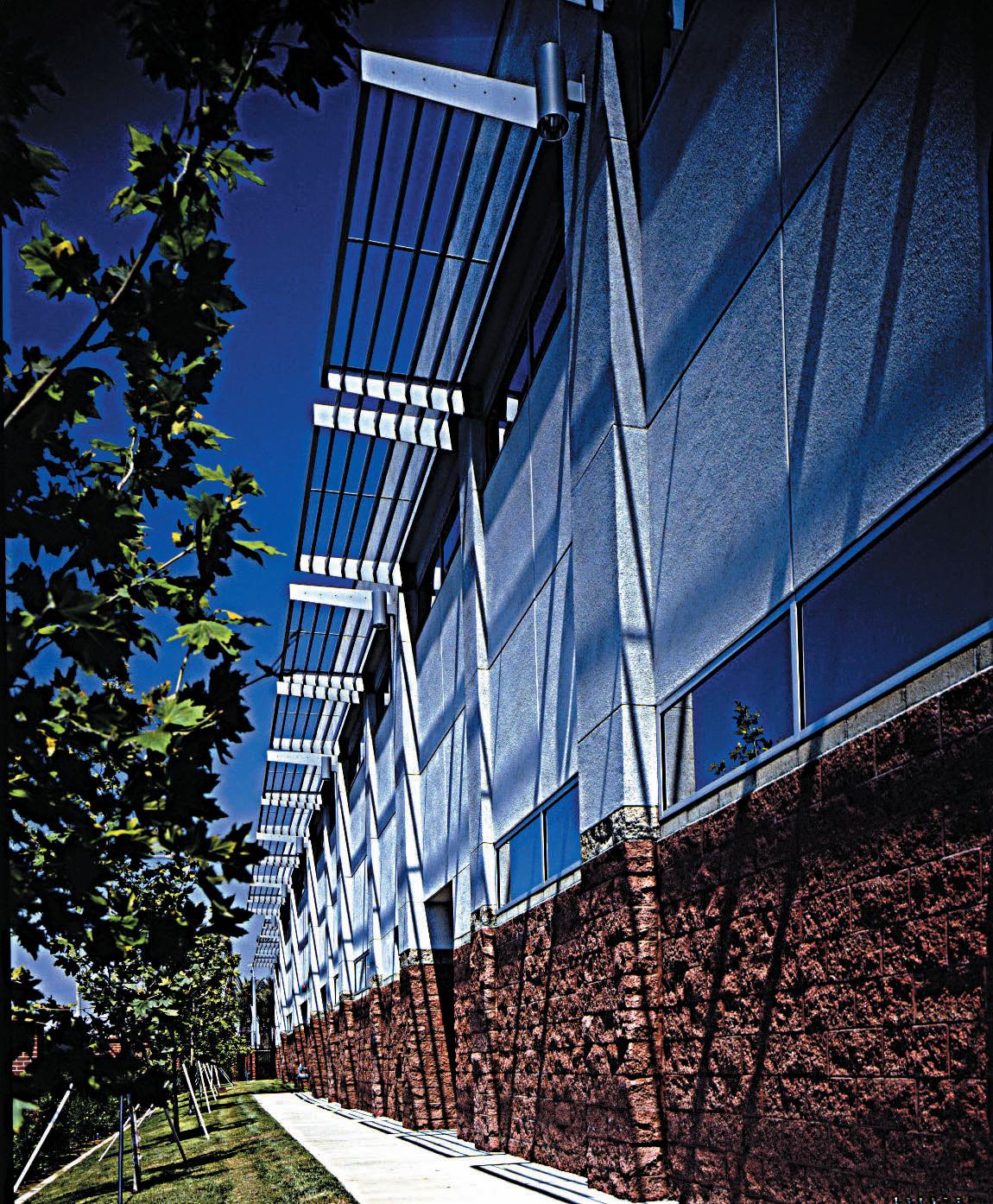
Having worked with Austin on several projects for Disney, a committee member reached out to Vice President Ken Stone. Ken shared with Mater Dei that Austin had little experience with K-12 design. Despite Ken’s words of caution, the committee fealt confident in Austin’s technical expertise.
Austin has served Mater Dei on a continuous basis for more than 21 years.
SPOTLIGHT MATER DEI HIGH SCHOOL MASTER PLAN BROUGHT TO LIFE Gymnasium • Aquatics Complex • Baseball Field Stands • Science Wing • Multi-Purpose Spaces • Student Activities Center
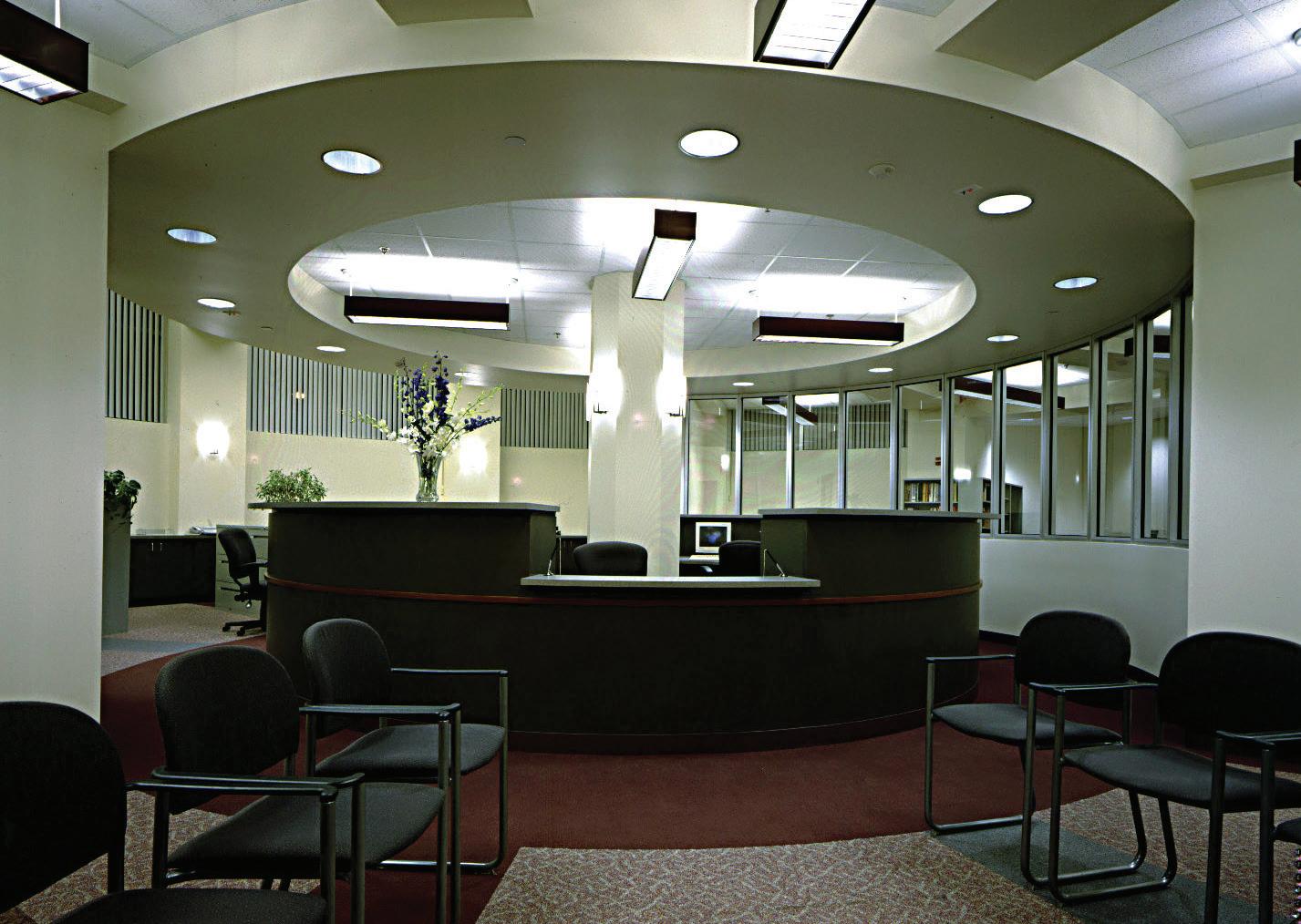

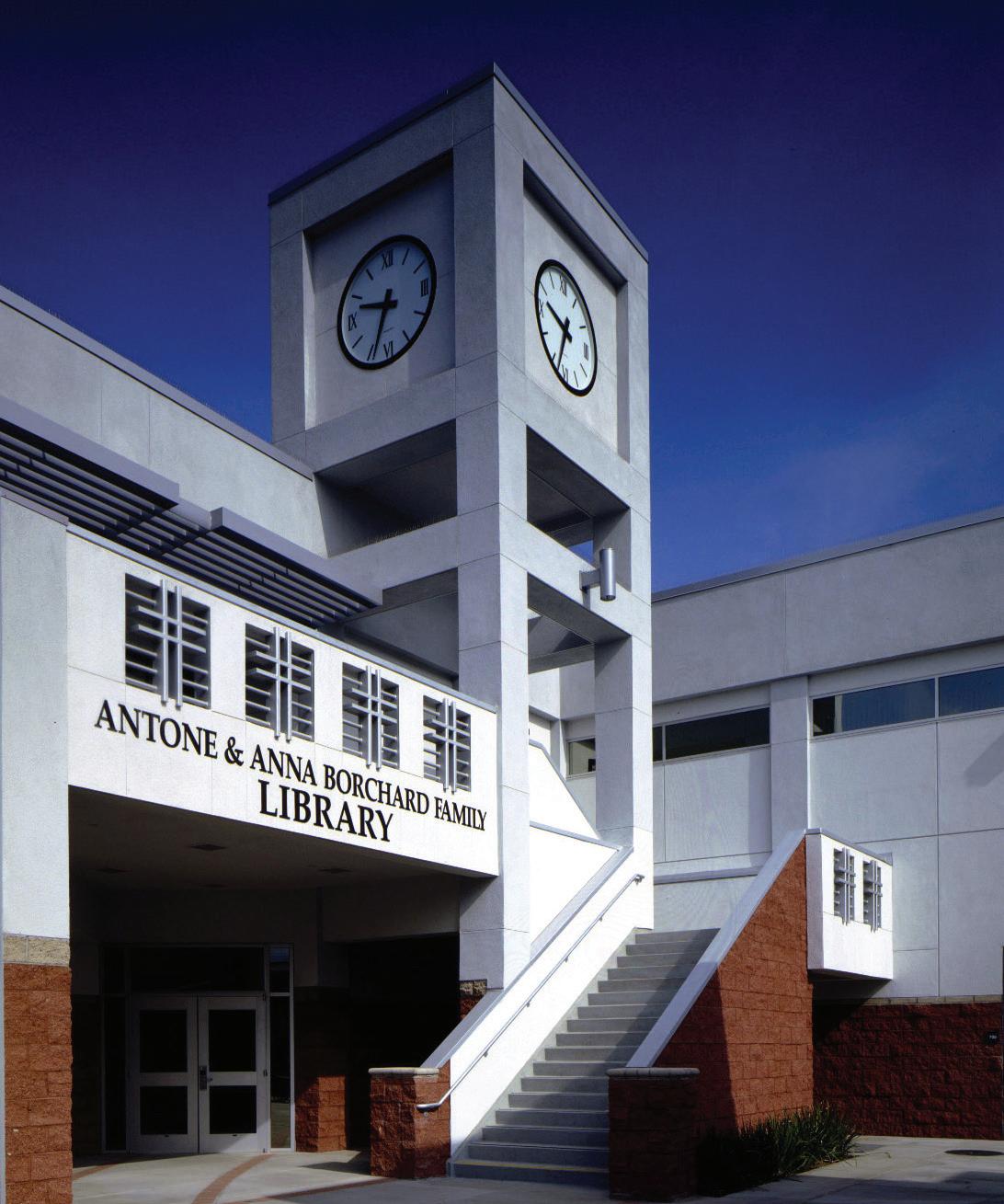
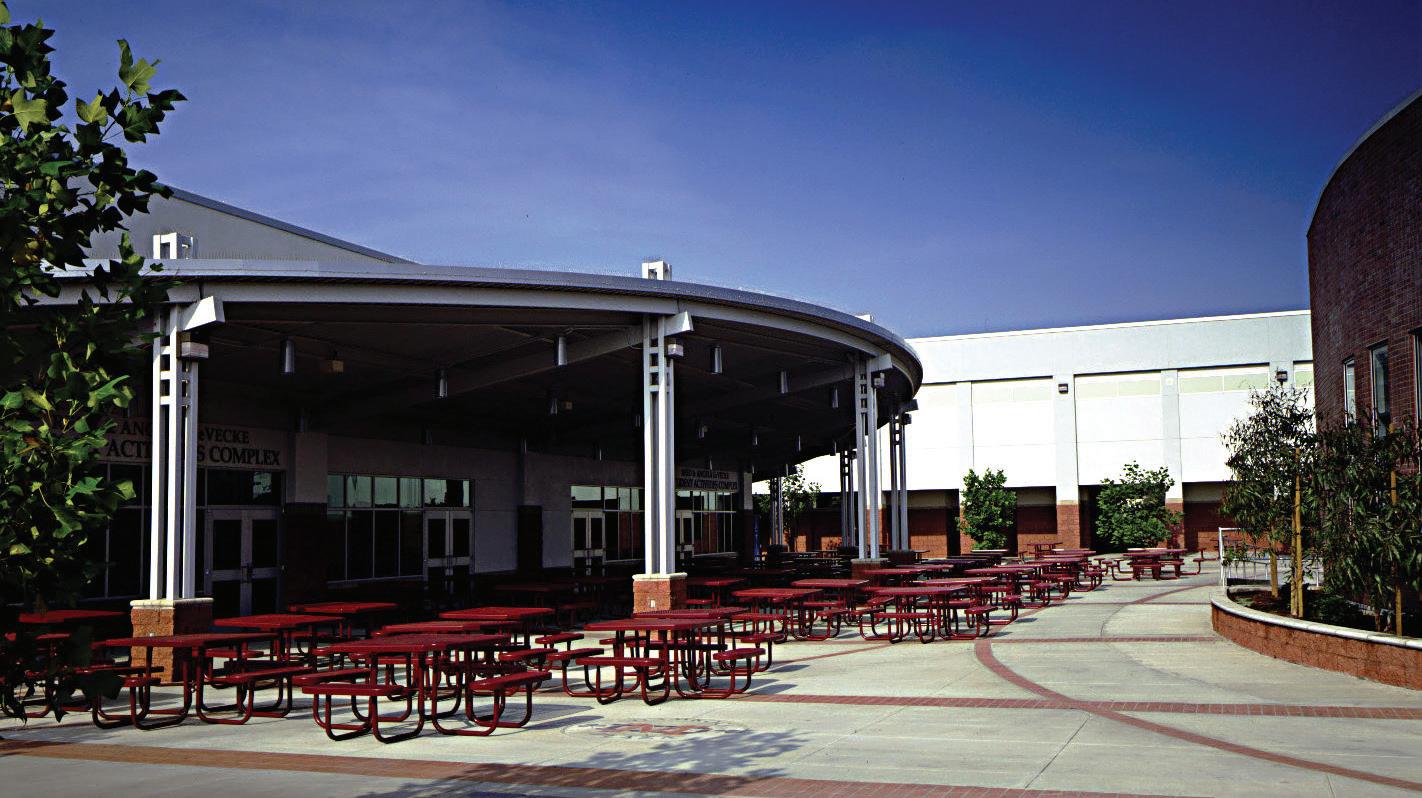



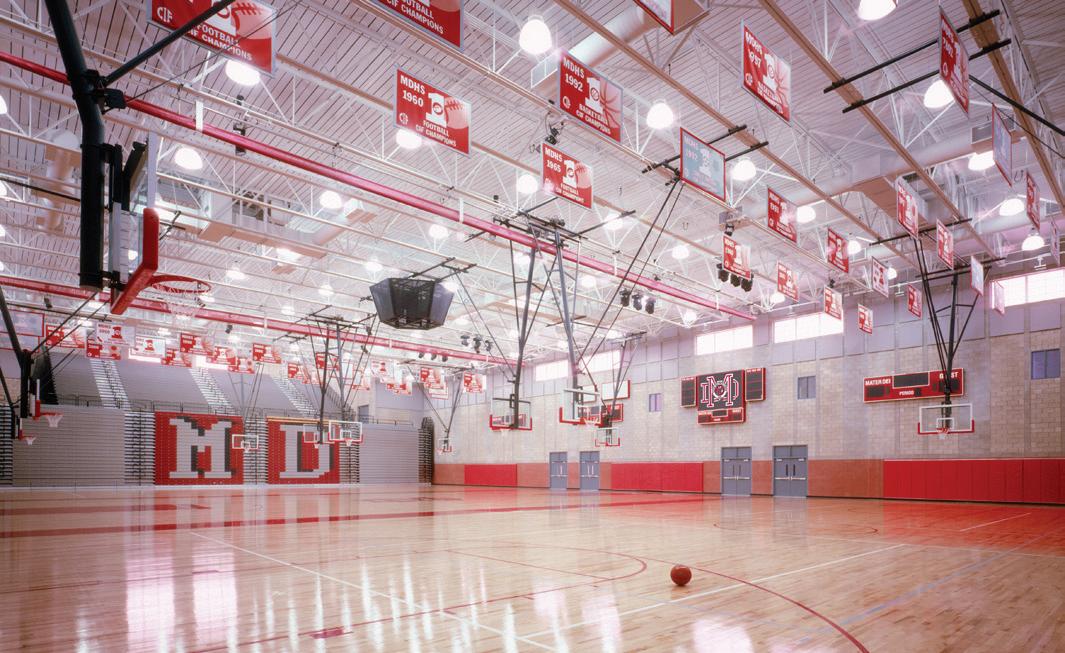
100 YEARS IN CALIFONIA 2010 s
The gig economy was born, and companies like Uber, Airbnb, and Lyft disrupted conventional workplace models. Global warming continued to make headlines as massive hurricanes devastated Puerto Rico and parts of the east coast of the US. Streaming services had millions of consumers cutting the cord for cable television and selling their stockpile of CDs and DVDs thanks to companies like Netflix, Spotify, Hulu, and Apple Music. Ending a 108-year curse, the Chicago Cubs won the World Series in 2016. Apple launched the iPhone 4. Facebook purchased Instagram and WhatsApp. The decade saw an uptick in the number of companies producing plant-based meat alternative products.
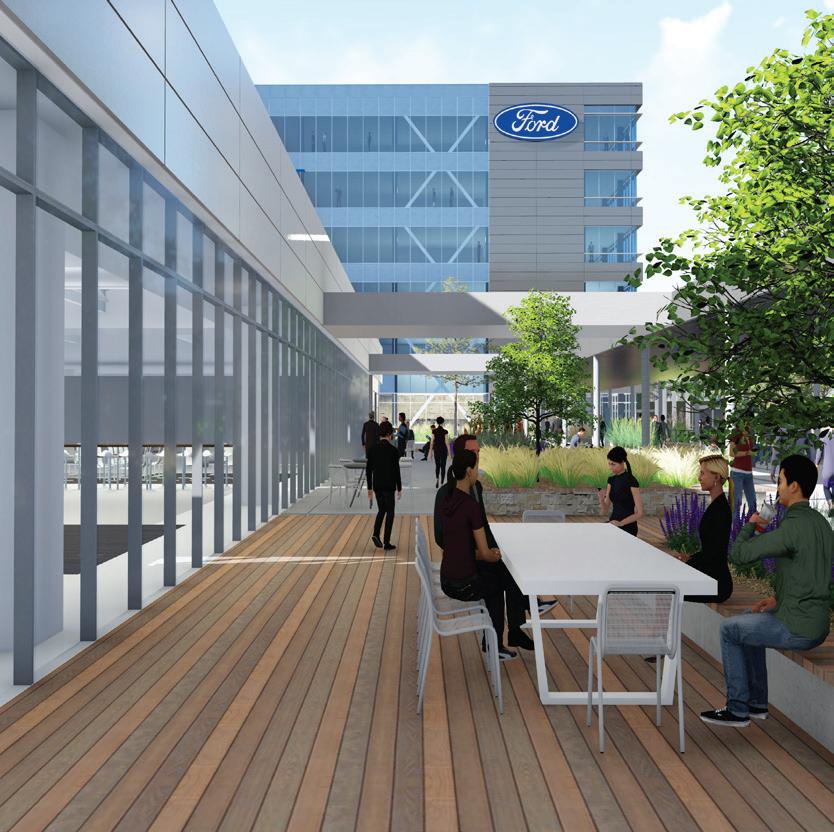

Repeat business, new clients, and a successful expansion into Mexico, via Kajima | Alberici Mexico contributed to projects for Austin’s California office in the 2010s.
MEXICO
KAJIMA | ALBERICI MEXICO. In response to the Economic Partnership Agreement implemented between Japan and Mexico in 2005, Kajima Corporation began discussions with Japanese automotive manufacturing clients about new projects in Mexico in late 2008 and 2009.
From these discussions, a difinitive plan was established to pursue work in Mexico. In late 2010, Austin was chosen to head up a new entity in Mexico to pursue and execute project work on behalf of Kajima Corporation. Austin recommended establishing a joint-venture company with Alberici Constructors, Ltd. out of St. Louis, Missouri.
Austin had successfully worked with Alberici on the Boeing Delta IV project in a joint-venture arrangement. Alberici already had a construction operation in Mexico and knew its way around the subcontractor and supplier market. An agreement was made with Alberici to form Austin | Alberici MX. This was quickly changed to Kajima | Alberici MX to establish a clear tie to Kajima Corporation for its Japan-based clients.
A series of Kajima clients and projects were pursued. Between 2012 and 2017, they included two major facilities for Y-Tec KEYLEX at the Mazda Supplier Park in Guanajuato, a major project for Stanley Electric, and a project for Tokyo Roki.
In 2017, Austin Mexico assumed responsibility for operations in Mexico, replacing Kajima | Alberici MX.
Y-TEC KEYLEX. The approximately 600,000 SF Y-Tec Keylex Mexico, S.A. de C.V. (YKM) automotive parts manufacturing and assembly facility was implemented as a design-build project at the Mazda supplier park in Guanajuato. Austin provided design and engineering out of the Irvine office and served as the lead member of the joint venture for construction.
The Y-Tec KEYLEX project was recognized by Engineering News Record (ENR) in 2014 as a Global Best Project in the manufacturing category.
STANLEY ELECTRIC. Kajima | Alberici MX designed, engineered, and constructed a 240,000 SF LED-based headlight and taillight assembly manufacturing facility for automobiles and motorcycles. The project was implemented on a design-build basis, with Austin providing design and engineering out of the Irvine office. Austin served as the lead member of the joint venture for construction. The facility was completed in 2016.
FORD MOTOR COMPANY
Austin partnered with LPA Design Studios for the programming, site selection, master planning, and design and engineering through design development bridging documents for Ford’s, new product development center and headquarters in Mexico City.
The project included 360,00 SF of engineering and corporate office space, 250,000 SF of engineering lab space, a 98,000 SF dining and training center, and a 2,000-car parking structure to support 3,500 employees. The project also included the creation of outdoor collaboration and connecting spaces. The building was designed to achieve LEED Silver certification. Construction Documents were prepared by Austin’s subsidiary company Gala and Associates.
Austin (and sister Kajima companies) have served Ford Motor Company worldwide for over 100 years, including recent and current major project work for the company in Mexico and the US.
NORTHROP GRUMMAN
The 2010s continued to be active in serving Northrop Grumman in Southern California with projects at the El Segundo, Manhattan Beach, Redondo Beach, Palmdale, and San Diego locations, as well as Melbourne and St. Augustine, Florida campuses.
MELBOURNE AND ST. AUGUSTINE, FLORIDA. In March 2013, Northrop Grumman announced the creation of five Centers of Excellence across the United States. This corporate initiative aimed to improve its strategic alignment with customers’ need for increasingly innovative and affordable products, services, and solutions. Northrop Grumman’s campus in Melbourne, Florida, was designated a Manned Aircraft Design Center of Excellence and their campus in St. Augustine, Florida, was designated a Manned Aircraft Integration Center of Excellence.
BUILDING 228. In support of the Center of Excellence initiative, Northrop decided to relocate the E-2 Hawkeye Program and functions support from Bethpage, New York, to Melbourne. With an aggressive target schedule for the move, the Northrop Grumman facilities team members and Austin architects and engineers worked together to map out the path forward.
Given the specialized requirements of the facility, the project team began planning for a new building, Building 228. Austin provided overall site planning, architectural design, engineering, and construction services for this 210,000 SF aerospace program administration, engineering office, and lab building.
Planning and design began concurrently in late April 2013, and in early May structural engineering was underway for what would be Northrop Grumman’s newest program, engineering, and lab building. Architectural and MEP engineering followed structural only days behind. Construction commenced in the third week of August (three months after the start of planning), with the first structural steel in the air in October 2013. Just ten months after groundbreaking, 13 months after the start of engineering, and 14 months after the first pen went to paper, the project achieved a mid-June 2014 beneficial occupancy. This is one of the fastest project implementations for Northrop Grumman and Austin for a new building of this technical complexity and size. By all industry standards, this was a three-year project, implemented in just one year.
RESULTS MAGAZINE 39
The project was awarded LEED® Silver Certification. The Design-Build Institute of America (DBIA) awarded the project a 2014 Design-Build Merit Award, and Engineering News Record (ENR) awarded the project a Regional Best Projects Award.
BUILDING 229. Overlapping the construction completion of Building 228, Austin began constructing a sister facility, Building 229. This building, at 219,000 SF, houses program administration and engineering offices for Northrop Grumman’s Manned Aircraft Program. Construction of Building 229 began in July 2014. The Certificate of Occupancy was received in midApril 2015 — just 42 weeks from the groundbreaking. This was a second fast-track project on an accelerated schedule to meet Northrop Grumman program requirements. The project was awarded LEED® Gold Certification.
BUILDING 100. Concurrently with the planning, design, engineering, and construction of Building 228, Austin undertook the planning, design, engineering, and construction of Building 100 in St. Augustine.
At approximately 366,000 SF, the new Aircraft Manufacturing Center facility supports the production of the E-2D Advanced Hawkeye Aircraft and was designed and built on an accelerated schedule to meet E-2D production schedules.
In response to an aggressive completion schedule, Austin began planning, design, and engineering in September 2013 and broke ground implementing a phased construction approach in January 2014. Austin was able to beat an originally projected 18-month schedule, despite heavy rains impacting several months of construction.
At approximately 310,000 SF, Phase A was delivered in just 16 months. Phase A included a 220,000 SF high bay with a 220-foot clear span center bay and two 85-foot clear span side bays. In addition, 60,000 SF of office and support space; a 13,000 SF auditorium and cafeteria; and 14,000 SF of initial-phase mechanical and

electrical support space were part of the scope. The building was delivered to Northrop Grumman on May 4, 2015, to allow the installation of aircraft manufacturing workstations and equipment. Offices were fully furnished with IT systems in place, ready for move-in. Initial high bay production operations began on May 14, 2015.
Once Northrop Grumman moved into Building 100, two small adjacent buildings were demolished and replaced with an addition constructed to house support shops which increased the total size of Building 100 to 366,000 SF.



The project was awarded LEED Gold certification and Engineering News Record (ENR) Regional Best Projects and Design-Build Institute of America (DBIA) Awards.
SPACE PARK
REDONDO BEACH AND MANHATTAN BEACH, CALIFORNIA
Austin has supported Northrop Grumman (and heritage TRW Space and Electronics) at the California Space Park Campus for over 35 years. During that time, Austin completed a wide variety of projects through planning, design and engineering, and construction.
NORTHROP GRUMMAN
M1-M2 COMPLEX MODERNIZATION AND EXPANSION
REDONDO BEACH, CALIFORNIA Representative of this work is the M1-M2 manufacturing complex modernization and expansion. The objective of the overall program is to maximize, consolidate, and expand current advanced technology labs and manufacturing assembly areas into large, flexible spaces with a modernized advanced technology production line.
In 2016, Austin began by developing a master plan for the effort, defining a series of phases for the implementation. To meet this new concept, additional square footage was required, including the addition of manufacturing and test high bays with offices, labs, and control rooms.
This was followed in 2017 by the design, engineering, and construction of Phase 1, which included a 45,800 SF addition to Building M2 inclusive of a manufacturing high bay with overhead cranes, labs, test areas, and office space. The high bay, labs, and offices are secure areas designed and constructed to ICD705 requirements. The project also included renovation and modernization of the existing M2 first-floor labs and manufacturing areas, including cleanrooms.
Phase 2 planning and design began in 2021 and included an addition to Building M1 with two new cleanroom final assembly super high bays (60-foot clear to hook) — with 20 and 40-ton overhead cranes — totaling 34,000 SF. Both high bay spaces are secure and designed to meet ICD-705 requirements. Construction began in early 2022 with a Summer 2023 occupancy.
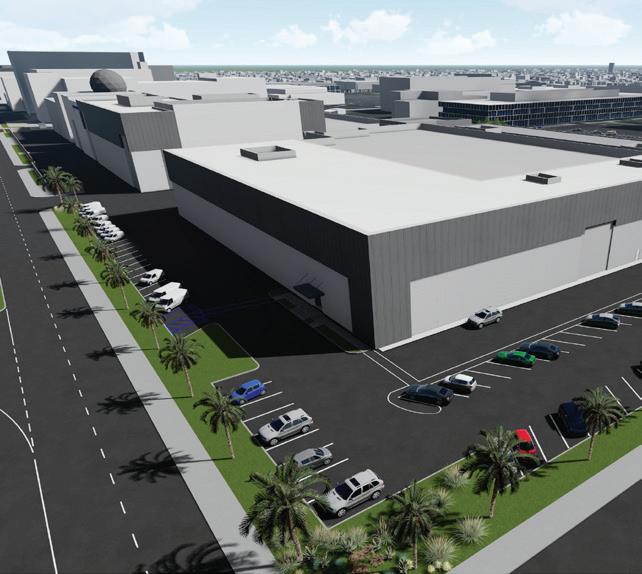
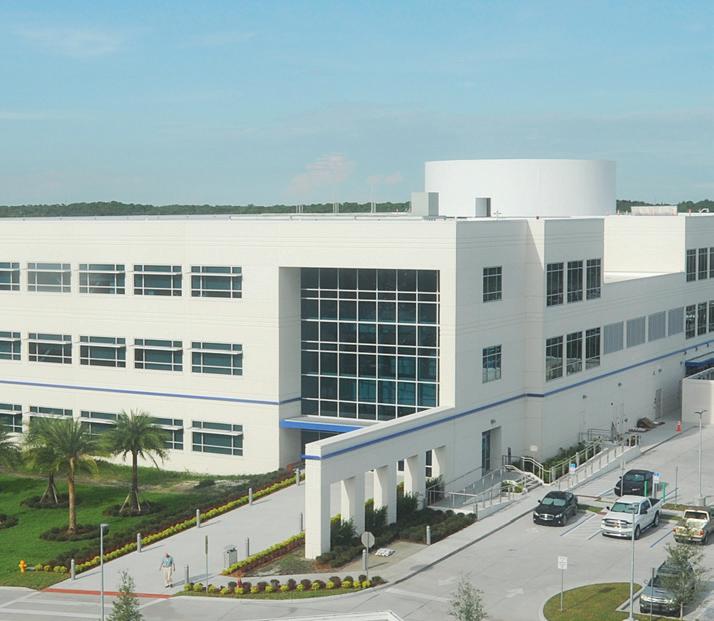
LOCKHEED MARTIN
SKUNK WORKS PALMDALE, CALIFORNIA. In 2019, Austin continued its servcie to Lockheed Martin by undertaking the first major new project in Palmdale in 35 years — the planning, design, engineering, and construction of a 220,000 SF Advanced Aerospace Manufacturing Center. The ICD-705 compliant center (with multiple DoD Classified SCIFs) supports aircraft prototype-to-final assembly, with associated tooling, structures test, and material handling systems for large-scale composites. It totals 152,000SF and includes program offices, conference, presentation rooms, a café and market, and additional amenities totaling 68,000 SF. Construction was completed in late 2021. The project is anticipated to achieve LEED Gold Certification.
SPACE WATERTON, COLORADO. The Austin Company provided planning, design, engineering, and cost-estimating services for a new 60,000 SF spacecraft development center, Building 351. The ICD-705 compliant facility is divided between high bay and low bay space plus a common core and facilities infrastructure.
Austin also completed projects for aviation, aerospace, and defense clients Aerojet Rocketdyne, Aerospace Corporation, and General Atomics during the 2010s.
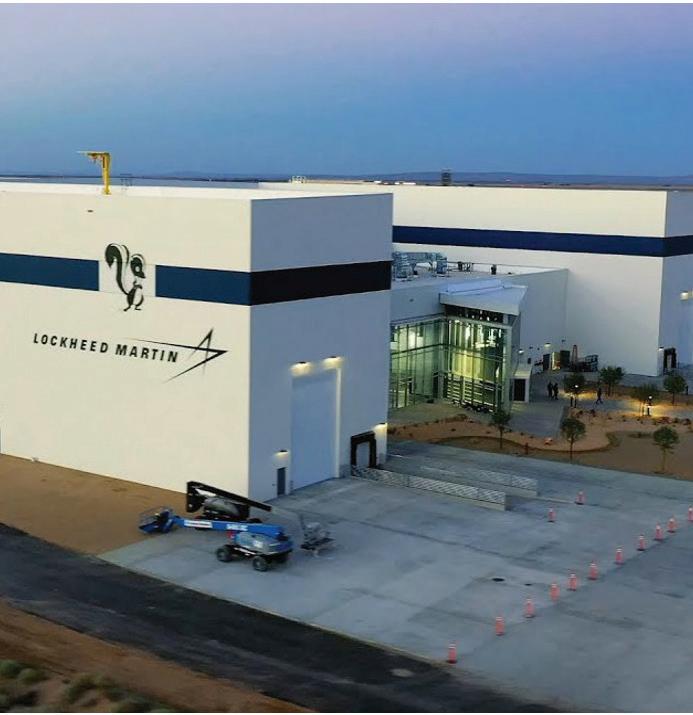
B|BRAUN MEDICAL
Austin continued to cultivate its relationship with B|Braun, which begin in 2005 and led to over 50 projects at B|Braun’s Irvine, California campus. Projects throughout the 2010s included designing and engineering for a major expansion to their duplex filling line and facility. The project involved the integration of a new filling line and expansion of the duplex production facility and utilities to support the increased demand for the product Cephalosporin.
THE WALT DISNEY COMPANY
In 2015, Austin actively continued the relationship that had begun in 1988 with The Walt Disney Company with a series of projects in
preparation for the new Star Wars Land at the Disneyland Resort in California. The projects involved developing new Disneyland Resort back of house operations support facilities so that existing back-of-house areas could become a part of the Disneyland Park guest experience area, Star Wars Land. These new facilities included:
• Transportation Service Center.
• Tram Refueling Depot.
• Circle D Ranch and Carriage House.
• Stables and Kennels.

• Horticulture and Landscape Complex.
• Environmental Activities Center.
• Pyrotechnics Launch and Staging.
• West Side Laydown and Staging.
• Relocation of Historic Pope House.
Austin provided planning, design, engineering, and construction services throughout the resort and park.
U.S. BAKERY
In 2017, Austin began a new client relationship with U.S. Bakery (also known as Franz Family Bakeries), in Portland, Oregon. The project involved the design, engineering, and construction of a 50,000 SF expansion at Franz’s bakery facility in Springfield, Oregon, to support continued growth and provide increased production capacity and flexibility for the baker.

RESULTS MAGAZINE 41
SPOTLIGHT BLUE DIAMOND GROWERS
PLAYING A ROLE IN CALIFORNIA’S LARGEST FOOD EXPORT . BLUE DIAMOND GROWERS
Blue Diamond Growers is an agricultural cooperative and marketing organization specializing in locally-sourced almonds from the Central Valley area of California. Founded in 1910 as the California Almond Grower’s Exchange, it serves 3,500 almond growers and helps make the almond crop, valued at over $1 billion, California’s largest food export. The company produces almonds in various forms including roasted almonds under the Blue Diamond brand and almond milk under the Almond Breeze brand.
To meet the growing demand for its product, Blue Diamond Growers embarked on a plan to expand the Turlock bulk processing plant located less than two hours from its headquarters in Sacramento, California.
After a seven-month strategic partner selection process, Blue Diamond chose The Austin Company as a design and construction partner.
Austin’s design team embarked on a series of master plans and feasibility studies at Blue Diamond Sacramento, Salida, and Turlock manufacturing sites to address increased production capacity, efficiency, and food plant safety. These plans revealed the need to expand sorting and grading at the Salida campus and BEVBASE production capacity at the Turlock campus.
Referred to as the West Turlock Expansion, Austin provided integrated planning, design, engineering, and construction services
for the 52,000 SF automated factory expansion to Blue Diamond’s existing 200,000 SF facility. The West Turlock Expansion is part of a three-phase plan to expand the Turlock plant to a 500,000 SF overall footprint.

Construction on the addition began in August 2019 with a target completion in June 2020. It was an accelerated construction schedule that became even more compressed when Blue Diamond requested that Austin move up the deadline to April 2020.
To accommodate the accelerated construction schedule, Austin implemented several strategies to maximize collaboration and efficiency including utilizing Touchplan®, which centralizes the scheduling of construction phase planning among all project partners.
Other challenges included working on the L-shaped annex expansion without disrupting plant operations. Austin maneuvered this constraint by emphasizing site control, communication, and employee safety.
The unforeseen COVID-19 pandemic posed yet another potential impact on construction. However, Austin implemented recommended safety precautions quickly and completed the addition by April 2020 — six weeks ahead of schedule and a month earlier than the company had initially requested.
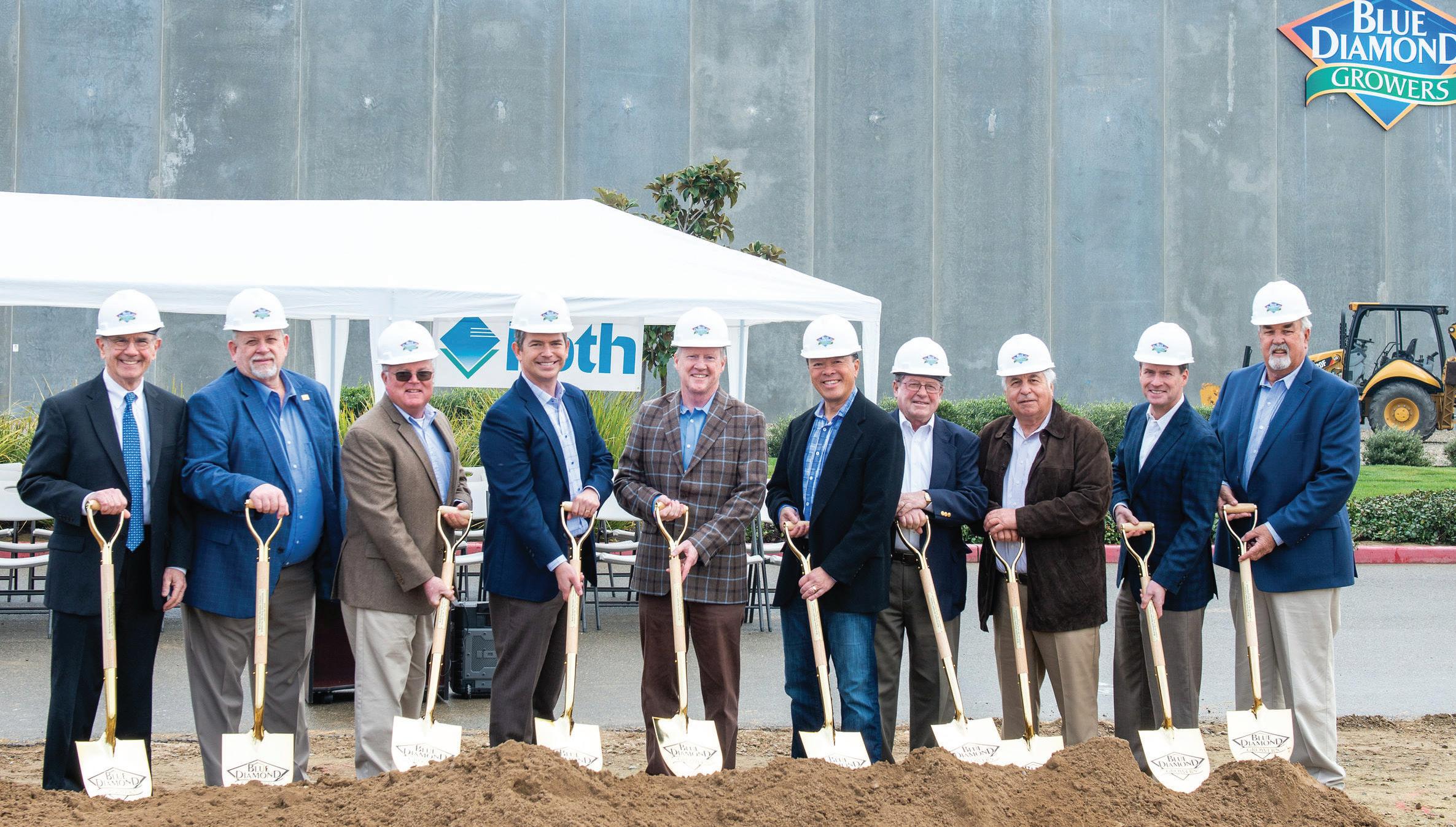
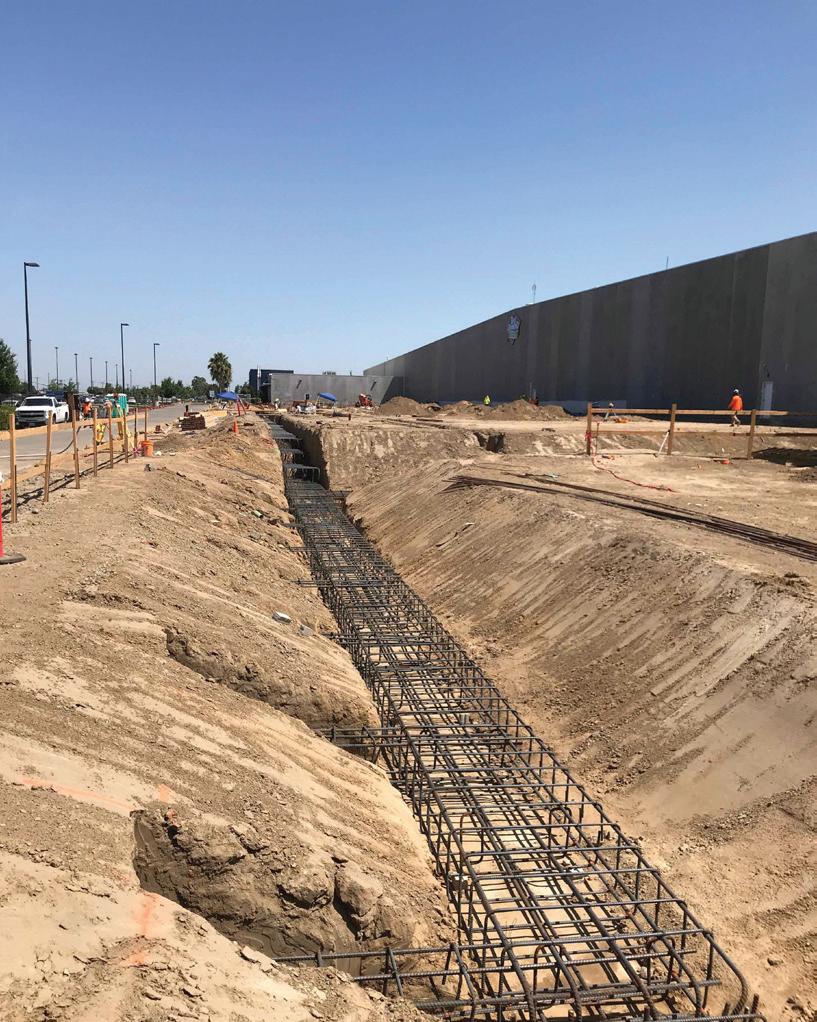

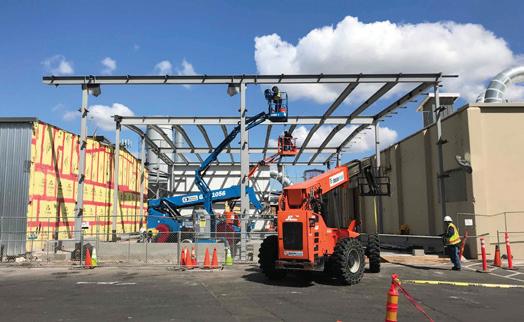



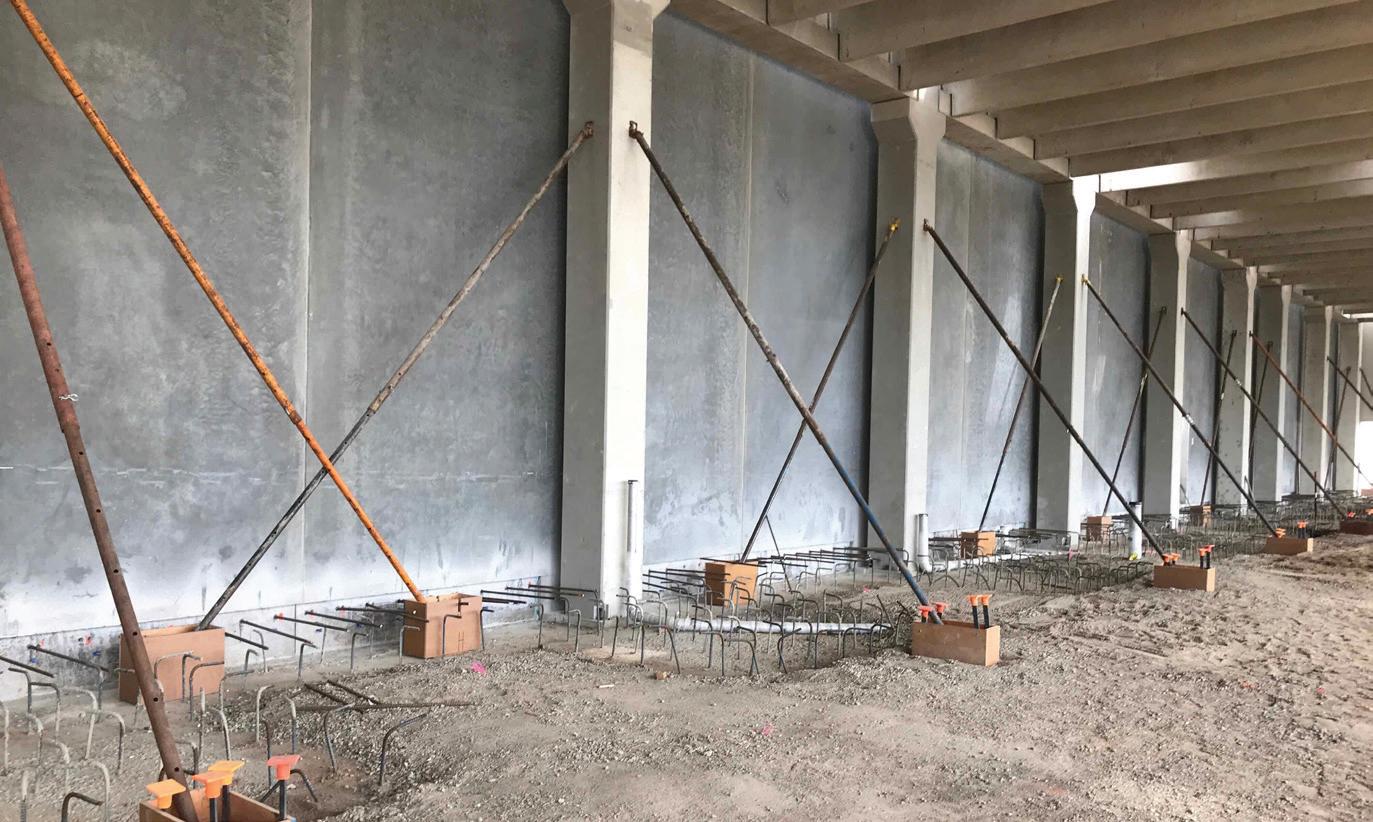
The
... and beyond THE TURBULENT TWENTIES
The World Health Organization announced that a deadly coronavirus had emerged in Wuhan, China. People around the country brushed up on their sewing skills to make masks for people in need. Puzzles and board games became cool again and offered a much-needed break from screen time. Chess boards returned in droves to dining room tables, thanks to The Queen’s Gambit, listed as one of the best shows of 2020. The private space race continued with the first private space flights and NASA launched the James Webb Space Telescope. Sales of new light-duty plug-in electric vehicles, including all-electric vehicles (EVs) and plug-in hybrid electric vehicles (PHEVs), nearly doubled from 308,000 in 2020 to 608,000 in 2021.
PIONEERS AND PARTNERS
Over the last 100 years, industries have risen, crested, and fallen driven by advances in technology, world events, and socio-economic advances. At the inception of Austin’s 100 years in California, the Wright brothers had barely taken to the skies. By the end of the century, The Austin Company had built facilities for jumbo jets, rockets, and satellite systems.
Austin played a leading role in creating the radio and television stations that have transformed our society and brought the world closer. Austin was a leader in implementing the advances in automation that led to enormous newspaper printing and distribution facilities. Our reputation for effective and efficient design-build processes became a model for the US Postal Service to rapidly implement innovations in coding, sorting, and disseminating the ever-mounting volume of mail that traveled across the country.
From the great depression through the COVID recession, Austin has weathered the highs and lows of the economic
landscape. We continue to help our clients navigate inflation, supply chain issues, and labor shortages. From site selection and conceptual design to engineering and construction, leading companies leverage our design-build expertise, and resources, to help them achieve their goals regardless of the moment in history.
“The pandemic clearly illustrated the precarious state of the nation’s supply chain,” said Matt Eddleman, Senior Vice President of Operations. “North America’s reliance on foreign manufacturing is now being reversed, and Austin is poised to help new and existing clients realize higher reliability, quality, consistency, and security by establishing competitive manufacturing operations in North America.
We have all the necessary resources and expertise to help North American manufacturers fortify and maximize their place in a global market from facilities built in America.” explained Eddleman.
44 RESULTS MAGAZINE
2020 s
AVIATION, AEROSPACE AND DEFENSE. NASA and private companies are using Florida’s Space Coast as the center for launch services for satellites and for Project Artemis, the bold initiative to establish a permanent base on the moon to be able to launch a mission to Mars. Clearly, Austin’s legacy in this exciting sector will continue for the long haul. Austin has therefore established an operational office nearby to respond to the need for our clients to have a best-in-class design-build partner close at hand.
LIFE SCIENCES (PHARMACEUTICAL, NUTRACEUTICAL, AND MEDICAL DEVICES). A critical design feature of the aerospace market is the design of ultraclean manufacturing spaces. This know-how has translated well into the design and construction of biotech and pharmaceutical-related facilities. As Austin expands its footprint in this sector with the continued growth of our West Michigan operations, the growth of our Cleveland-based process team, Austin UK, and Austin’s Western operations will also play a critical role in this expansion.
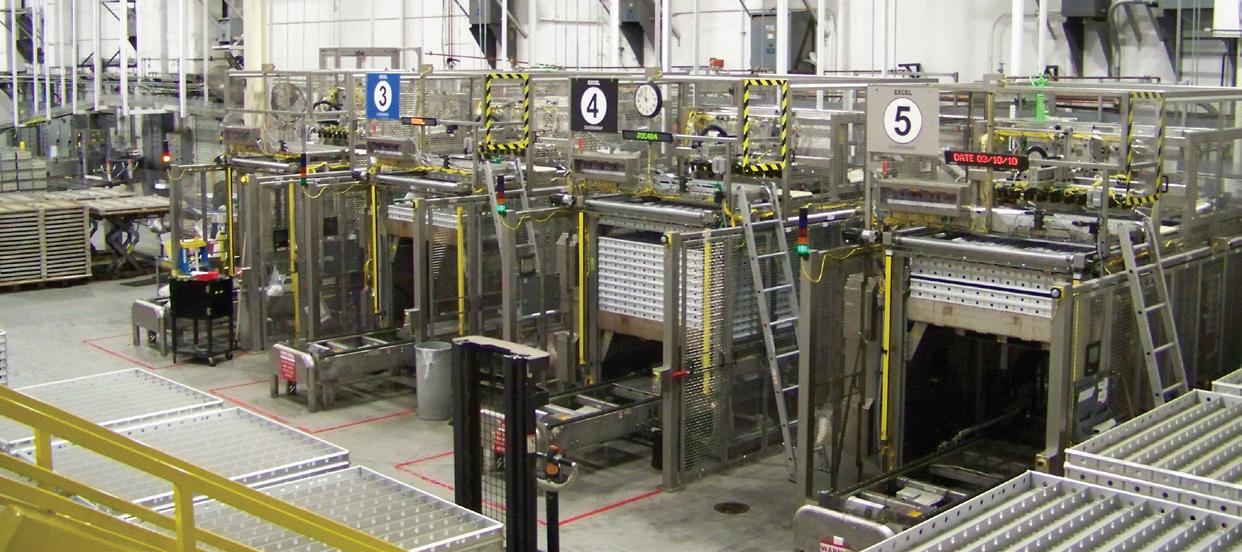
FOOD AND BEVERAGE Statistically, California produces over 400 food commodities, and over a third of the country’s vegetables and three-quarters of its fruits and nuts. According to the Economic Research Service of the US Department of Agriculture, California has the largest number of food and beverage plants in the nation. Austin is committed to growing our market share of these regional food and beverage production plant opportunities and will invest in additional sales and consulting resources to strengthen our in-house expertise.
MICROELECTRONICS. The global pandemic, followed by geopolitical tensions, has highlighted the risk America faces in its dependence on imports to supply the demand for microelectronics such as computer chips, power electronics like those that control electricity, and other small semiconductor devices. In the US, 49% of semiconductor manufacturing companies are in the West. The Northeast runs a distant second with 22% of manufacturers. The South follows with 19% of the total. The Midwest claims the remaining 10%. Building on our current work in this sector, we see a bright future to add additional clients to our list and grow this sector for many years in the future.
PARTNERSHIPS. Austin’s design and construction expertise, along with our core values and company culture, make us a desirable partner for others to team with on major projects. We are currently partnering with sister company Hawaiian Dredging Construction Company (HDCC) on Project Guam, where we are the Designer of Record to design and build a $75 million contract for two Guam-based military facilities. We are also partnering with sister company KCSW to be their design partner for various food and pharmaceutical projects. We see partnerships as a growing component of our business model going forward.
THE NEXT 100 YEARS
Austin’s California office entered the 2020s well prepared to begin its next 100 years in January 2023 with a solid local California, regional, and national market footing in aviation, aerospace and defense, entertainment, food & beverage, and pharmaceuticals and medical products, among other markets and industries.



Regardless of what the next century brings, Austin is poised to break new ground in these existing markets and enter new ones. The Irvine office will continue to play a leading role in expanding the presence and reputation of Austin as a design-builder of choice for these unique facilities.

The Historic Progression of Safety Standards
There is evidence of federal safety standards as early as 1790 when the First Congress passed the merchant seaman’s act that gave the right of a crew at sea to bring a vessel into the nearest port if a majority of the crew plus the first mate believed the vessel wasn’t seaworthy.
The earliest safety regulation on record was the UK’s Health and Morals of Apprentices Act of 1802. It was an Act of the Parliament designed to improve conditions for apprentices working in cotton mills. The act applied to textile mills and factories with three or more apprentices or 20 employees. It required factories to have sufficient windows for ventilation, to provide suitable clothing, and limit working hours for apprentices to no more than 12 hours a day.
In the United States, we look back at the Industrial Revolution and the factories that emerged after the Civil War to chart the evolution of workplace safety and health standards. State labor bureaus began to collect reports on industrial accidents in the late 19th century. By 1890, nine states had factory inspectors, and the groundwork was laid to push for a nationwide health and safety plan for workers. Unfortunately, state laws were often piecemeal and difficult to enforce. Inspectors were usually appointed and were not given legal rights to enter a workplace, nor did they have the resources necessary for enforcement.
In 1933, Frances Perkins was appointed to the Labor Department and sought to make workplaces “as safe as science and law can make them.” It would take almost 40 years for federal occupational safety and health to become law.
1971 the new job safety law takes effect.
December 29, 1970. The federal Occupational Safety and Health Act (OSHA) was passed by Congress, after a contentious legislative battle that started in 1968. The new job safety law took effect on April 28, 1971 giving the federal government the authority to set and enforce safety standards for most of the country’s workers. The law makes it clear that it is a basic human right to have a safe workplace.

After federal OSHA programs went into effect, several states sought to have their own OSHA standards. Today, 22 states have OSHA-approved programs. State plans are job safety and health programs approved by OSHA, but operated at the state level. For a state to have its own independent OSHA plan, the plan must be equal to or better than the federal OSHA program. Among the 22 states is California with its Cal/OSHA program. It is the largest of the 22 state programs.
Cal/OSHA was created by the Occupational Safety and Health Act of 1973 to enforce effective standards, assist and encourage employers to maintain safe and healthful working conditions, and provide enforcement, research, information, education, and training in the field of occupational safety and health.
In the construction industry, OSHA—at both the federal level and specific to Cal/OSHA—provides standards for construction safety operating under the main tenet that contractors shall provide their employees with a safe and hazard-free workplace.
SAFETY SPOTLIGHT
Some of the leading hazards at construction sites are:
• Falls.
• Stairways and ladders.
• Scaffolding requirements.
• Electrical.
• Trenching and excavation.
• Motor vehicle.
But the list doesn’t end there. OSHA also provides policies and guidance for hazardous chemicals on the job site, how to handle hand and power tools, silica standards, and how to reduce the risk of lung cancer, silicosis, or other health effects caused by exposure to respirable crystalline silica. OSHA also covers concrete and masonry products, cranes, derricks, hoists, welding, cutting, and brazing at a job site.
In California, Cal/OSHA requires the contractor to submit a permit for any building that is 36 feet tall or taller. Contractors must install a construction personnel hoist if the building is 60 feet or over. If any trenches are being dug, Cal/OSHA calls for the contractor to obtain an excavation permit for any trench that is five feet deep or deeper two days prior to digging.
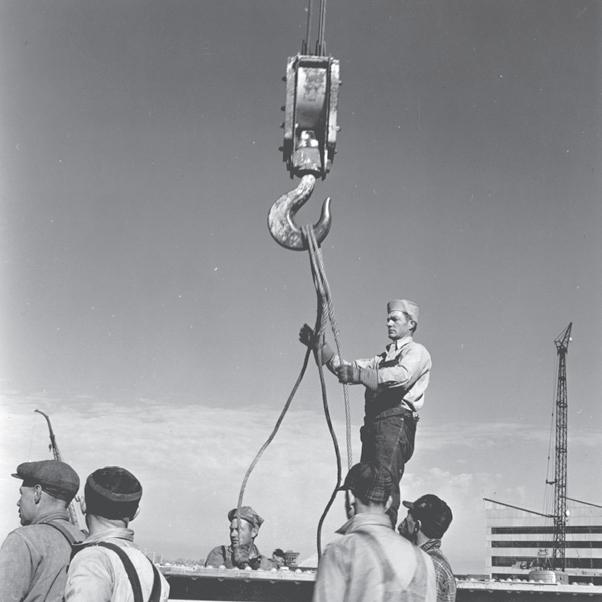
It’s no surprise that California leads the nation in worker safety. It routinely conducts the most inspections each year and its enforcement and outreach activities have contributed to a lower fatality rate than the national average.
OSHA Stats
In 1970, an estimated 14,000 workers were killed on the job—about 38 every day. For 2018, the Bureau of Labor Statistics reports this number fell to 5,250 or approximately 14 workers per day. At the same time, U.S. employment has more than doubled to over 146 million workers at more than 10 million worksites. The rate of reported serious workplace injuries and illnesses has also dropped markedly, from 10.9 per 100 workers in 1972 to 2.8 per 100 workers in 2018.

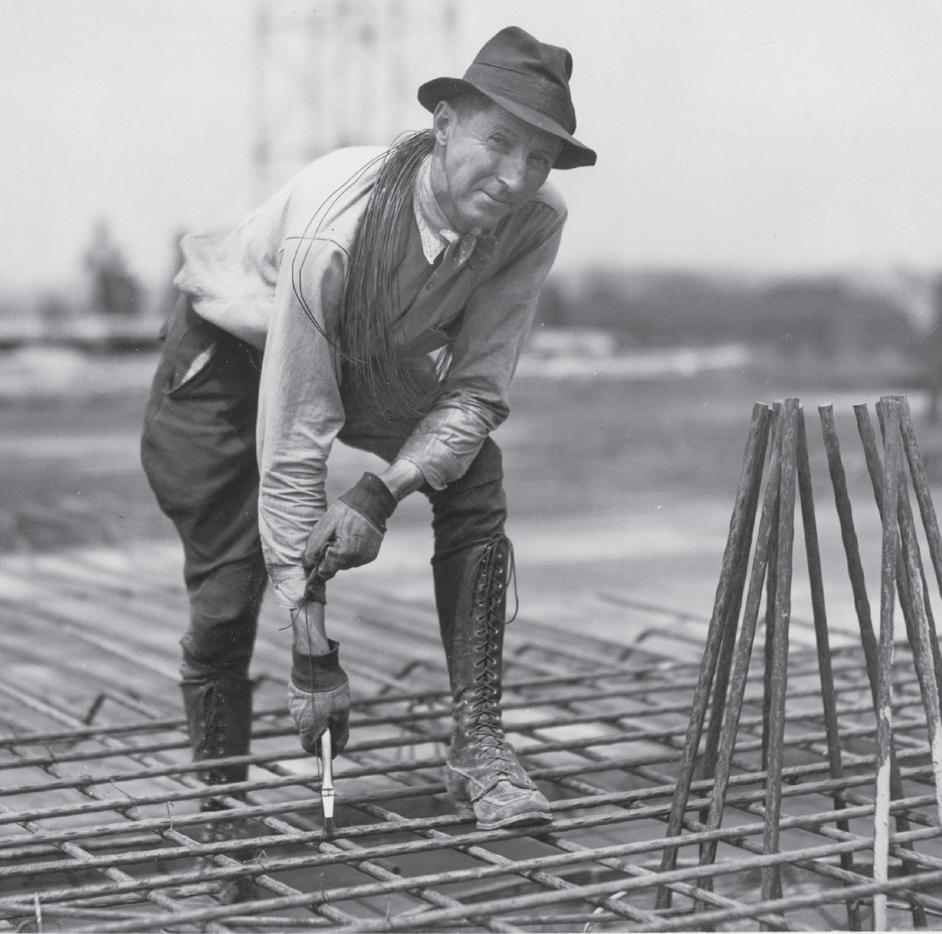

“All About OSHA” www.osha.gov

RESULTS MAGAZINE 47
KEN STONE
43 YEARS WITH AUSTIN
1980
nineteen eighty
Ken joined The Austin Company following graduation from California Polytechnic State University (Cal Poly) San Luis Obispo with a Bachelor of Architecture degree.

Ken was assigned to the Architectural Section in the Engineering Department in Irvine.
A week or two later, he spent a week in Cleveland with some 30 other recent graduates and new Austinites for orientation. Including Mike Pierce, Austin’s current President and CEO.
On return to the office, Ken assumed responsibility for managing the expansion and renovation of the Western District Office in Irvine—addition of Annex 2, remodel of Main Building and Annex 1, including new computer room to house the office’s first computer system—a Digital Equipment Corporation (DEC) PDP 11/70.
Along with Austin client project assignments, Ken assumed management responsibility for the computer system given some background during his time at Cal Poly. He ultimately managed the PDP 11/70, subsequent DEC VAX computer systems, and start-up and management of the CADD Department over the next seven years.
On completion of the office remodel, Ken was transferred to the Facilities Development Department Preliminary Design where over the next few years he focused on development of master planning studies and preliminary design efforts (Step 1s) for a variety of clientsfound throughout this publication.

Concurrently, Ken expanded computer operations, including the company’s first computer-based accounting and project cost management systems, and the company’s entry into CADD.
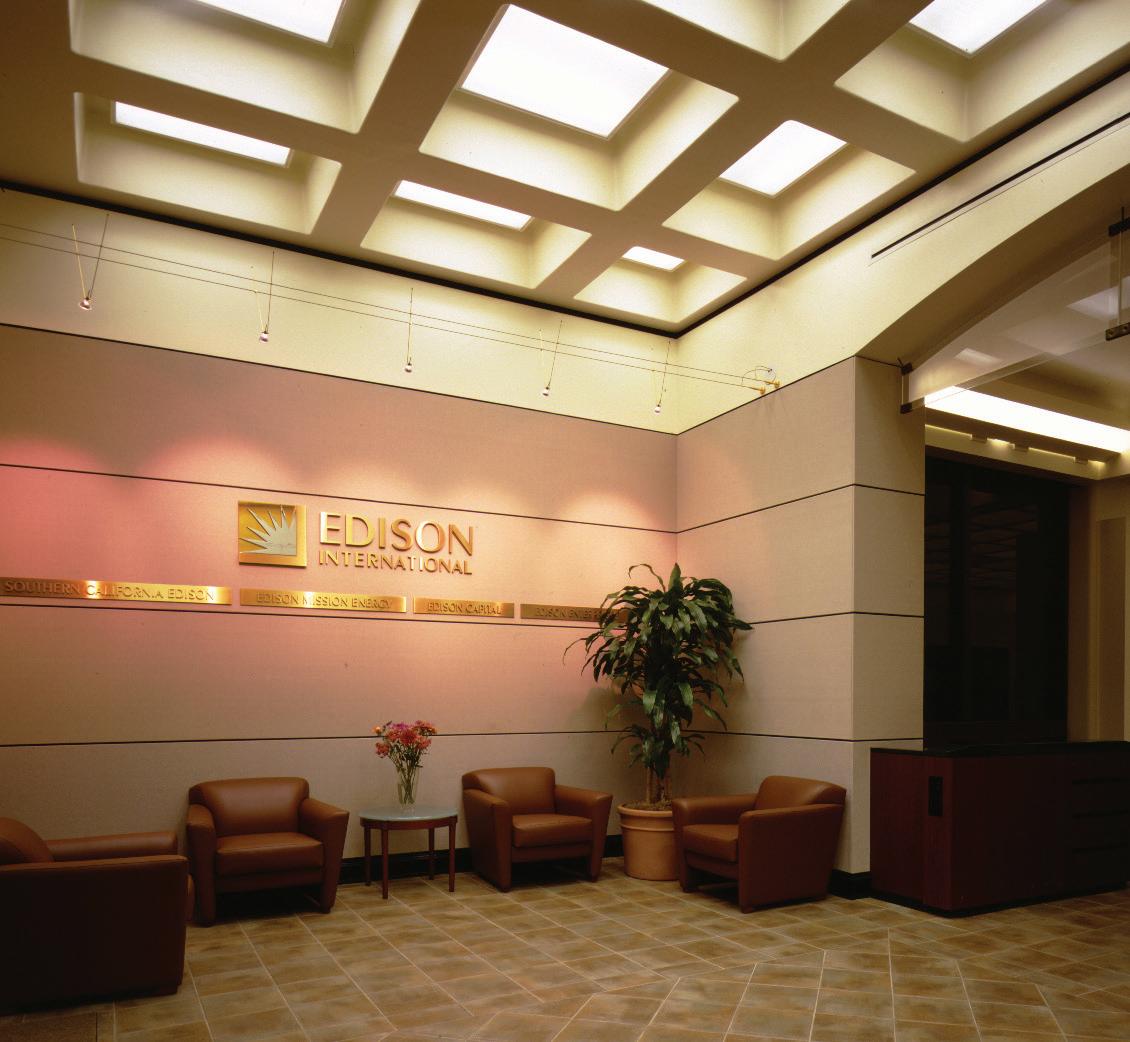
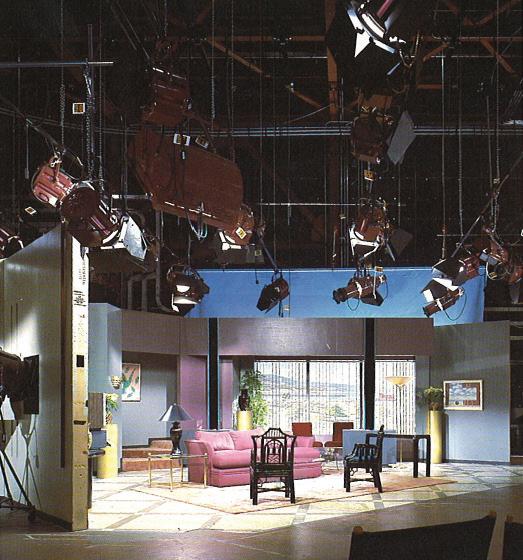
1983
nineteen eighty-three
Ultimately, Ken assumed a full-time position as Manager of CADD and Data Processing for the Western District overseeing a department of 30 plus individuals operating CADD and supporting computer operations on a two-shift basis 16 hours a day.
Ken held this position for another four years or so. CADD transformed Austin’s business and created a boom in sales, securing a series of large projects including large data center projects for Southern California Edison, Los Angeles Department of Water and Power, and Salt River Project in Tempe, Arizona.
48 RESULTS MAGAZINE
1987
nineteen eighty-seven
Ken transferred into sales as a Manager of Business Development (MBD)—now known as Director of Project Planning (DPP)—with a focus on Orange, Riverside, San Diego, and San Bernardino Counties.
Representative clients include Copley Newspapers (San Diego, Torrance, and Naperville, Illinois), The Walt Disney Company, and Southern California Edison.
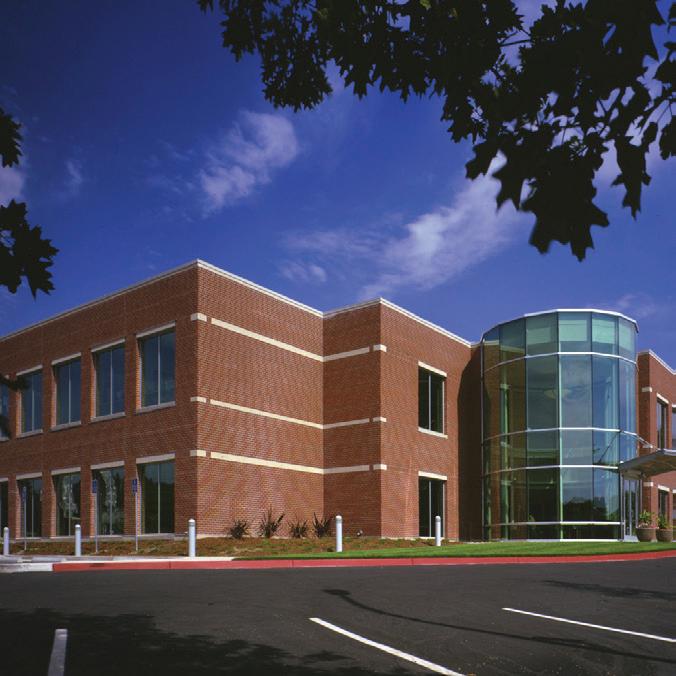
His sales assignment ultimately included both television broadcasting and entertainment nationally and globally. Broadcasting and entertainment projects included those in Shanghai, Taipei, Manila, and Seoul.
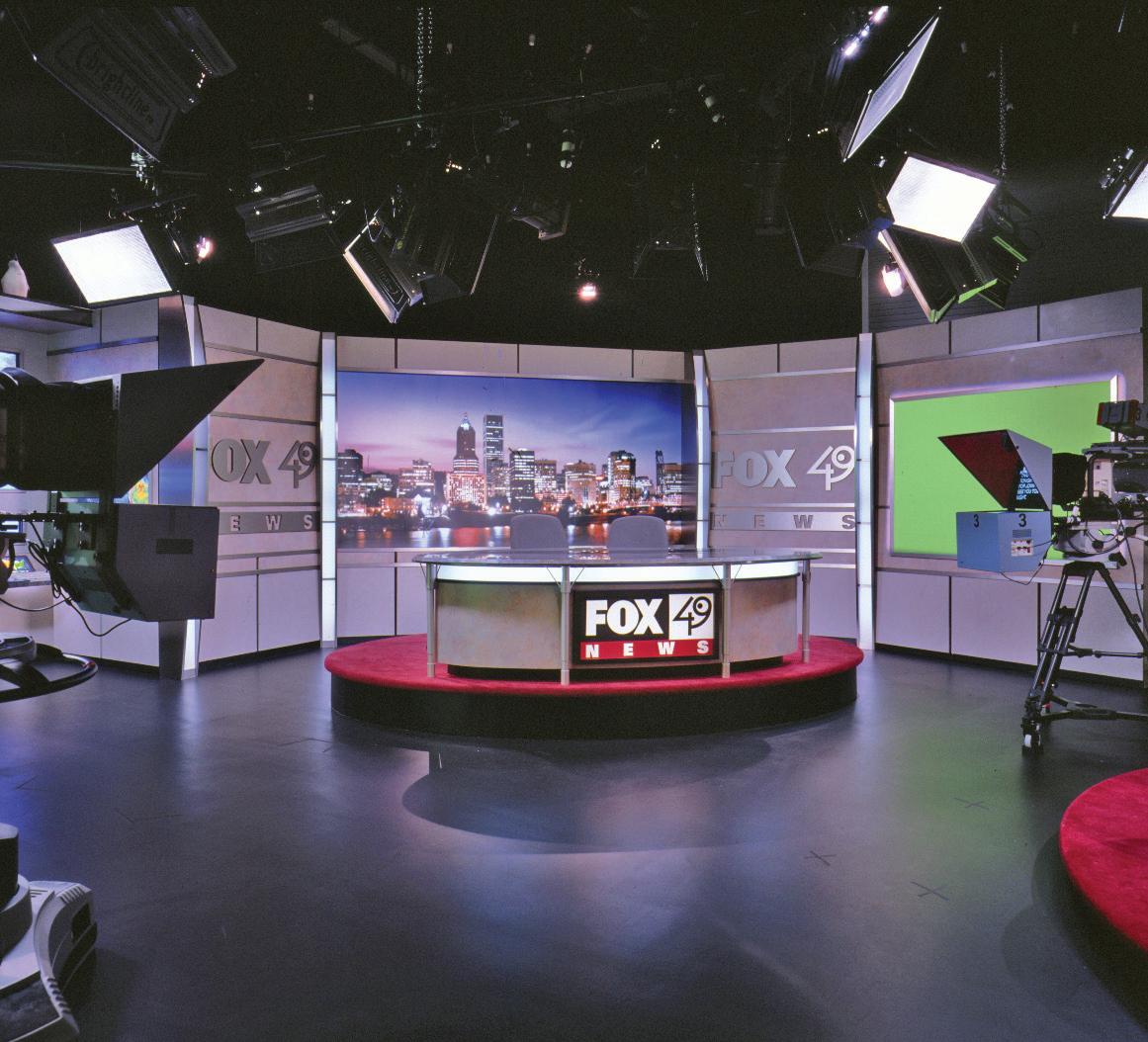
1996
nineteen ninety-six
Ken was appointed Assistant District Manager for the Western District (now known as Western Operations). In 1996-97, Ken played a key role in the sales efforts for the Boeing Delta IV program.
1997
nineteen ninety-seven
Ken became a Vice President with the company. He also assumed an interim role as District Manager for the Western District during the Delta IV project, while the then District Manager was assigned full-time to the Delta IV project.
2006
two thousand and six
Ken became Vice President, General Manager for the Western District, now known as Western Operations.
2009
two thousand and nine
Ken was assigned as Vice President, Director of Sales and Marketing for Austin nationally.
2011
two thousand eleven
While remaining an Austin US Vice President, Ken was named Chairman of Kajima|Alberici MX. The company continued this focus for five years. Key client projects included Y-tec KEYLEX MX multiple projects, Tokyo Roki, and Stanley Electric.
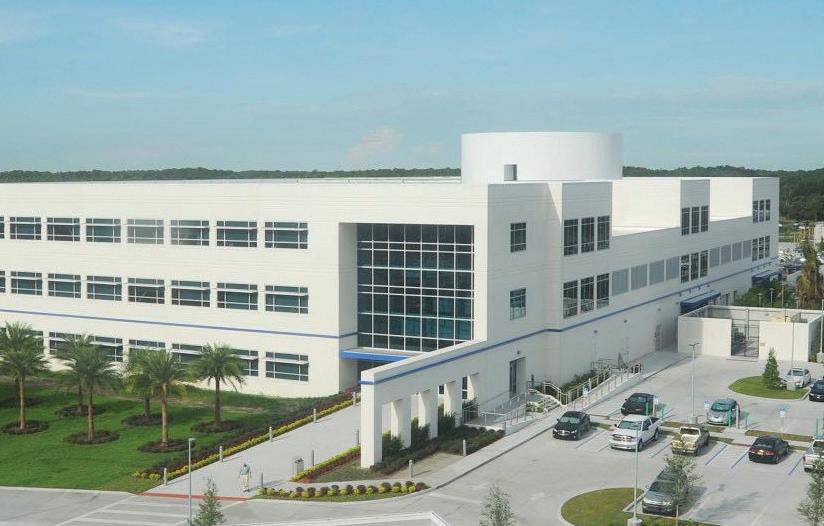

2013
two thousand thirteen
Over the course of just a few weeks, Northrop Grumman selected Austin to undertake a series of master planning efforts for potential expansion projects in California and Florida. These were business critical planning efforts to Northrop Grumman, and Ken was assigned to oversee each of these planning efforts as Vice President, Project Executive; a role that he continues to fill with Northrop Grumman today.
RESULTS MAGAZINE 49
2016 THROUGH 2023
From 2016 through today, Ken has supported several additional client projects beyond Northrop Grumman and Ford, including Blue Diamond Growers, Lockheed Martin B-648, and Lockheed Martin Space B-351 in Colorado.


OUTSIDE OF AUSTIN
Outside of Austin Ken continues to be involved in several community activities, including:


BOY SCOUTS OF AMERICA
Ken served as an adult leader, Chaplain, and Eagle Scout advisor for Troop 36 (sponsored by The Irvine Company) throughout the time his three sons were in scouting. Following that, he served on the advisory committee for the Outdoor Education Center at Irvine Regional Park operated by the Boy Scouts to serve a wide variety of school and youth organizations in Orange County.
CAL POLY SAN LUIS OBISPO
Ken served on the Board of Directors for the Cal Poly Alumni Association for 20 years from 1988 to 2008, twice as its president.
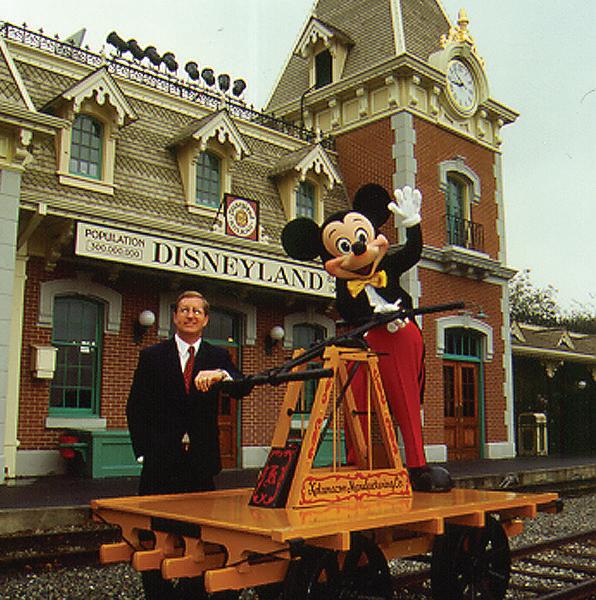
He presently serves on the Cal Poly Foundation Board, beginning his service in 2008.
Ken has been formally honored three times by Cal Poly as an alum:
• College of Architecture and Environmental Design Honored Alumni - 2005.

• Cal Poly Alumni Association Distinguished Service Award – 2011.
• Sandra Gardebring Ogren Leadership Award – 2021.
50 RESULTS MAGAZINE
through twenty twenty-three
CALIFORNIA STATE UNIVERSITY (23 CAMPUS SYSTEM)

Ken has served on the CSU Alumni Council since 2004, and as its president from 2009-2011.
IRVINE UNIFIED SCHOOL DISTRICT
1997-2021. Advisory committees to the Board of Education (community member):
• Technology.
• School Site Modernization Plan (district-wide).
• School Configuration (school size and location).
• Asset Management (sites and properties).
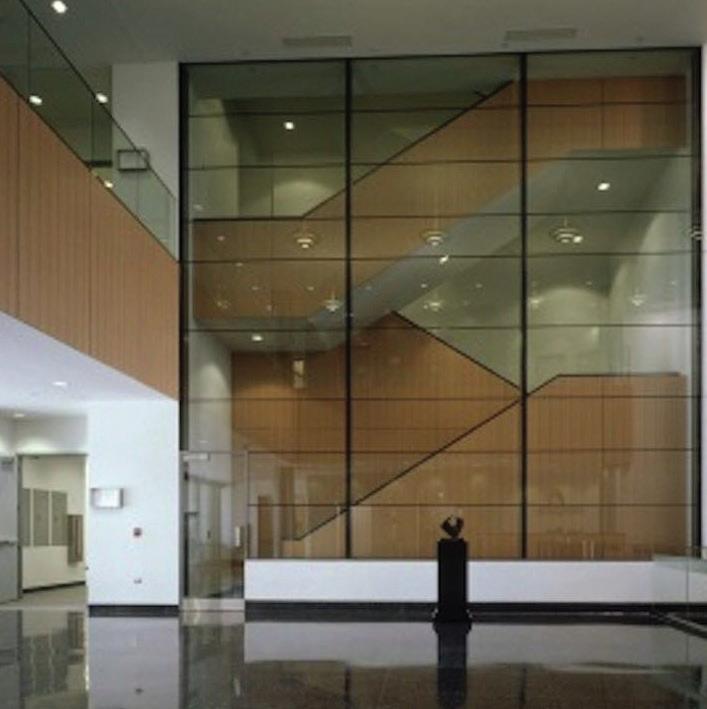
• Arts Advantage.
• School District Master Plan.
• New Portola High School.
• Local Measure E School Modernization Bond Oversight.

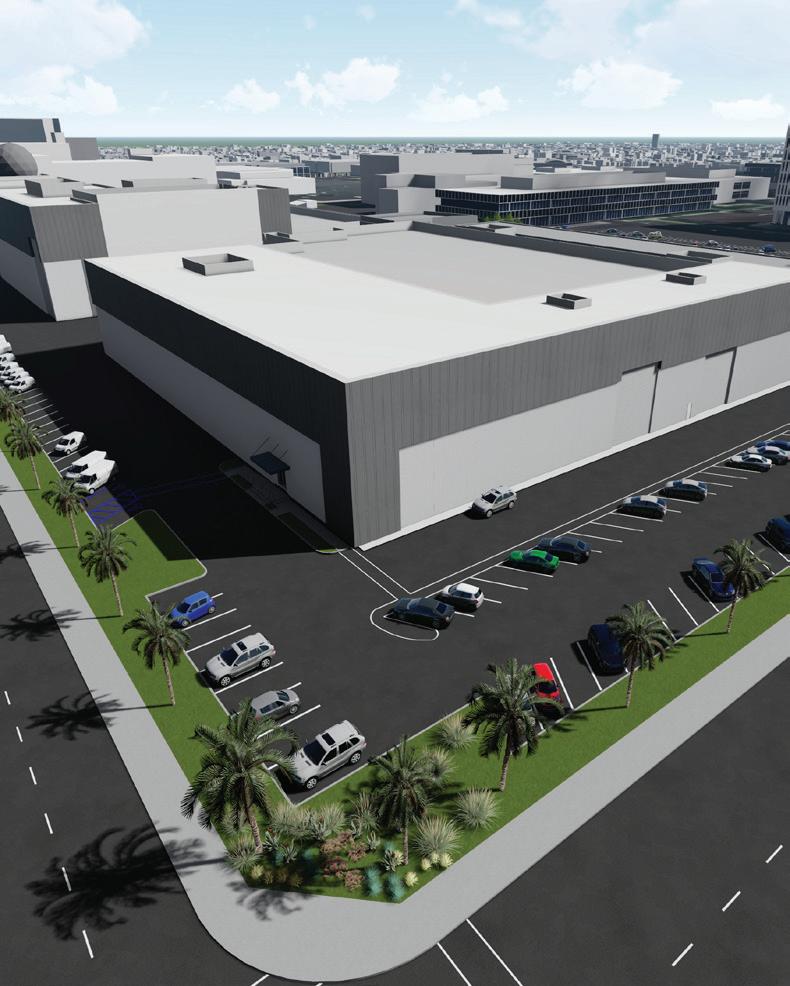
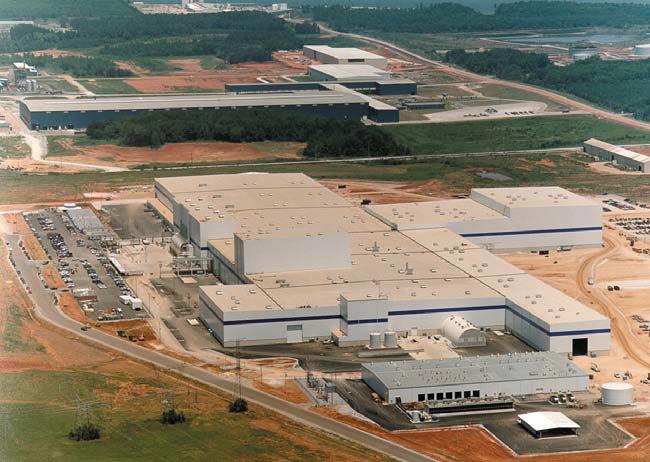
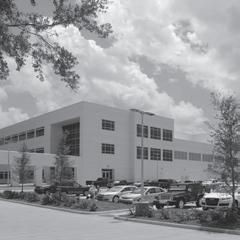

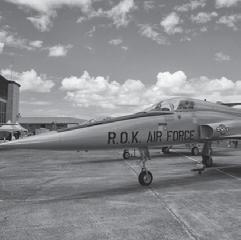


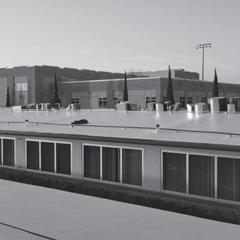
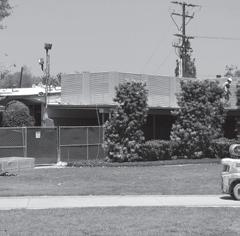


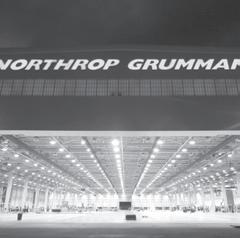

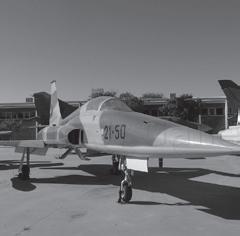



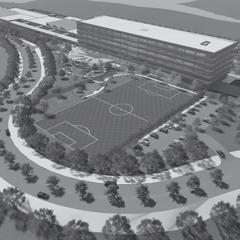





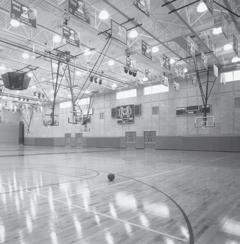
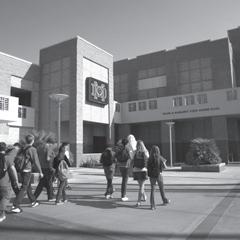
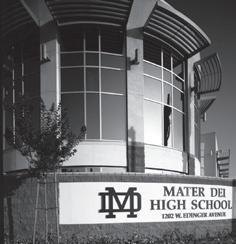
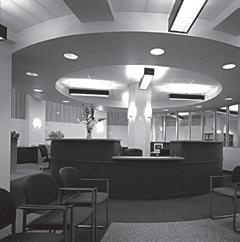


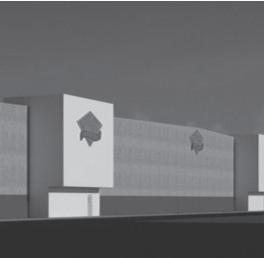


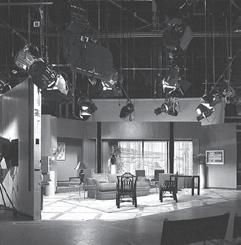




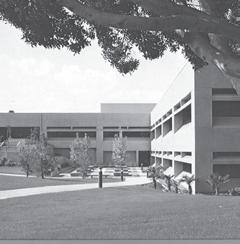
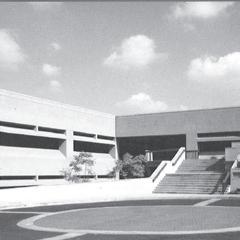

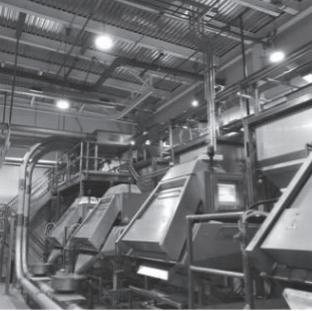
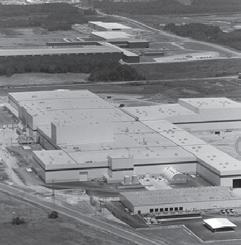





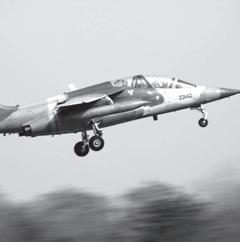




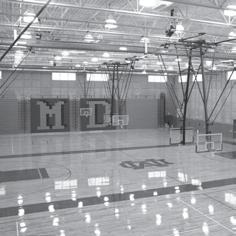



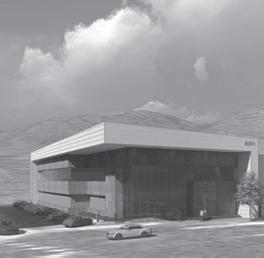
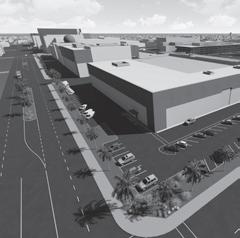




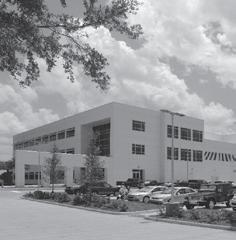






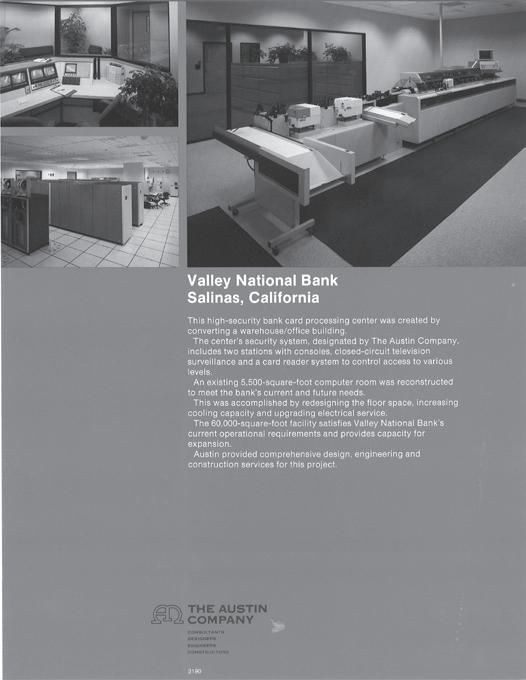
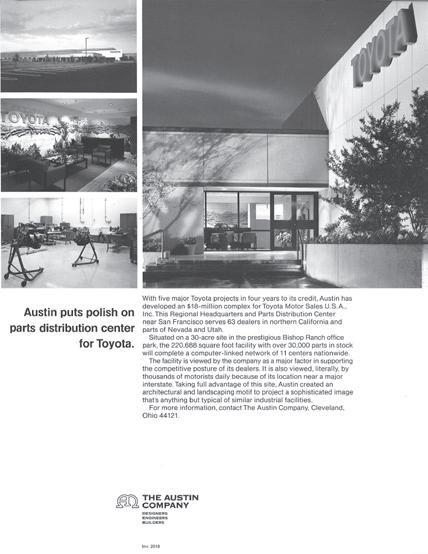

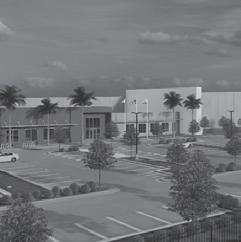







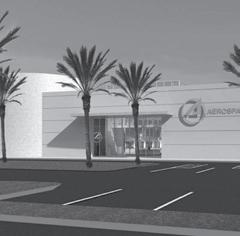


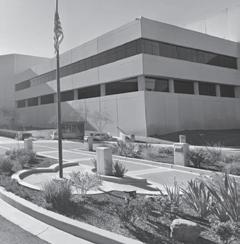
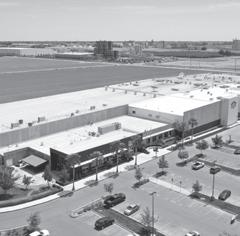


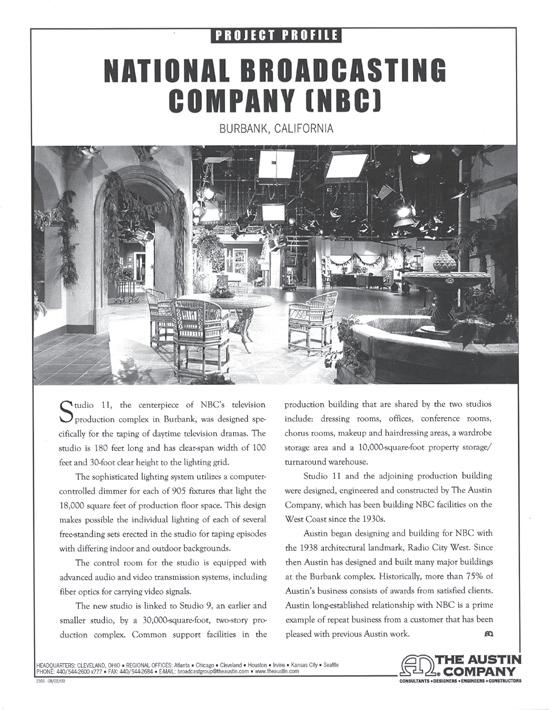
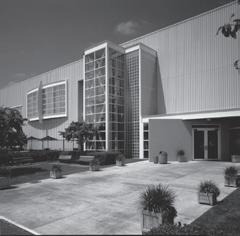


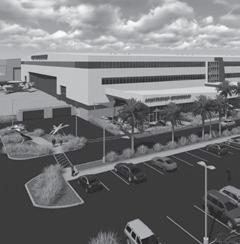


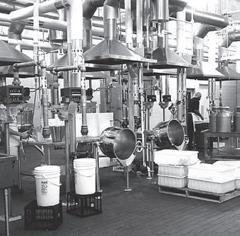



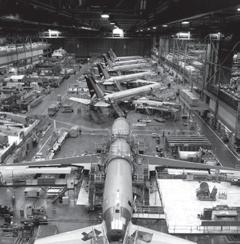

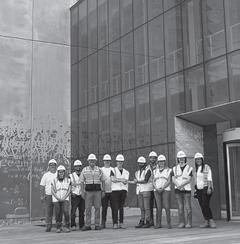


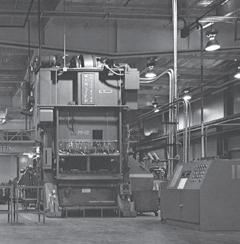
SITE LOCATION CONSULTING DESIGN AND ENGINEERING | CONSTRUCTION | THEAUSTIN.COM














































































































































































































 Toyota, San Ramon, CA
Security Pacific National Bank, Brea, CA
Security Pacific National Bank, Brea, CA
Salt River Project, Tempe, AZ
Toyota, San Ramon, CA
Security Pacific National Bank, Brea, CA
Security Pacific National Bank, Brea, CA
Salt River Project, Tempe, AZ




 KPDX-TV, Portland, OR
Asia and Pacific Trade Center, Osaka Harbor, Japan
Southern California Edison, Rosemead, CA
KPDX-TV, Portland, OR
KPDX-TV, Portland, OR
Asia and Pacific Trade Center, Osaka Harbor, Japan
Southern California Edison, Rosemead, CA
KPDX-TV, Portland, OR










































































































































































